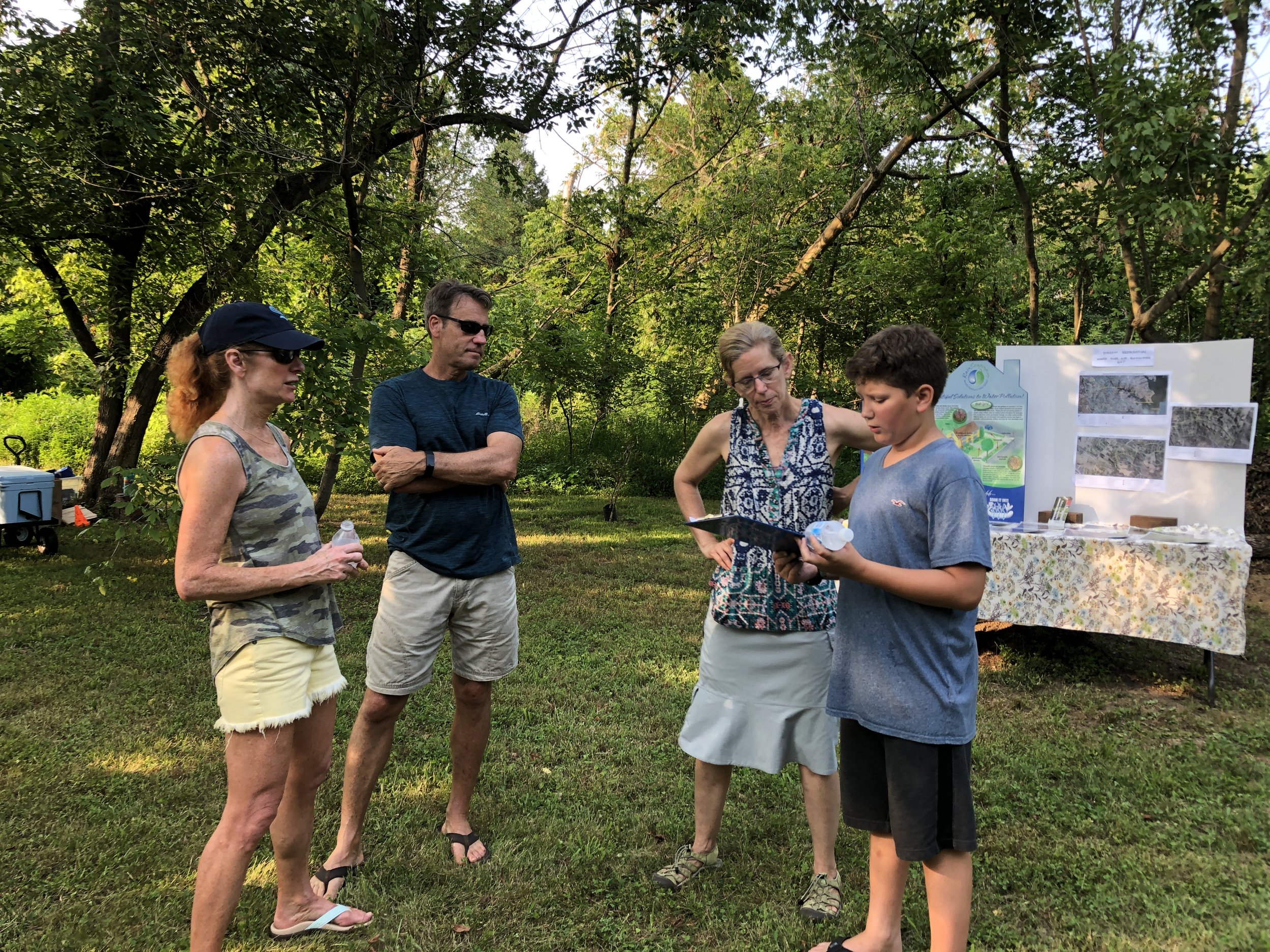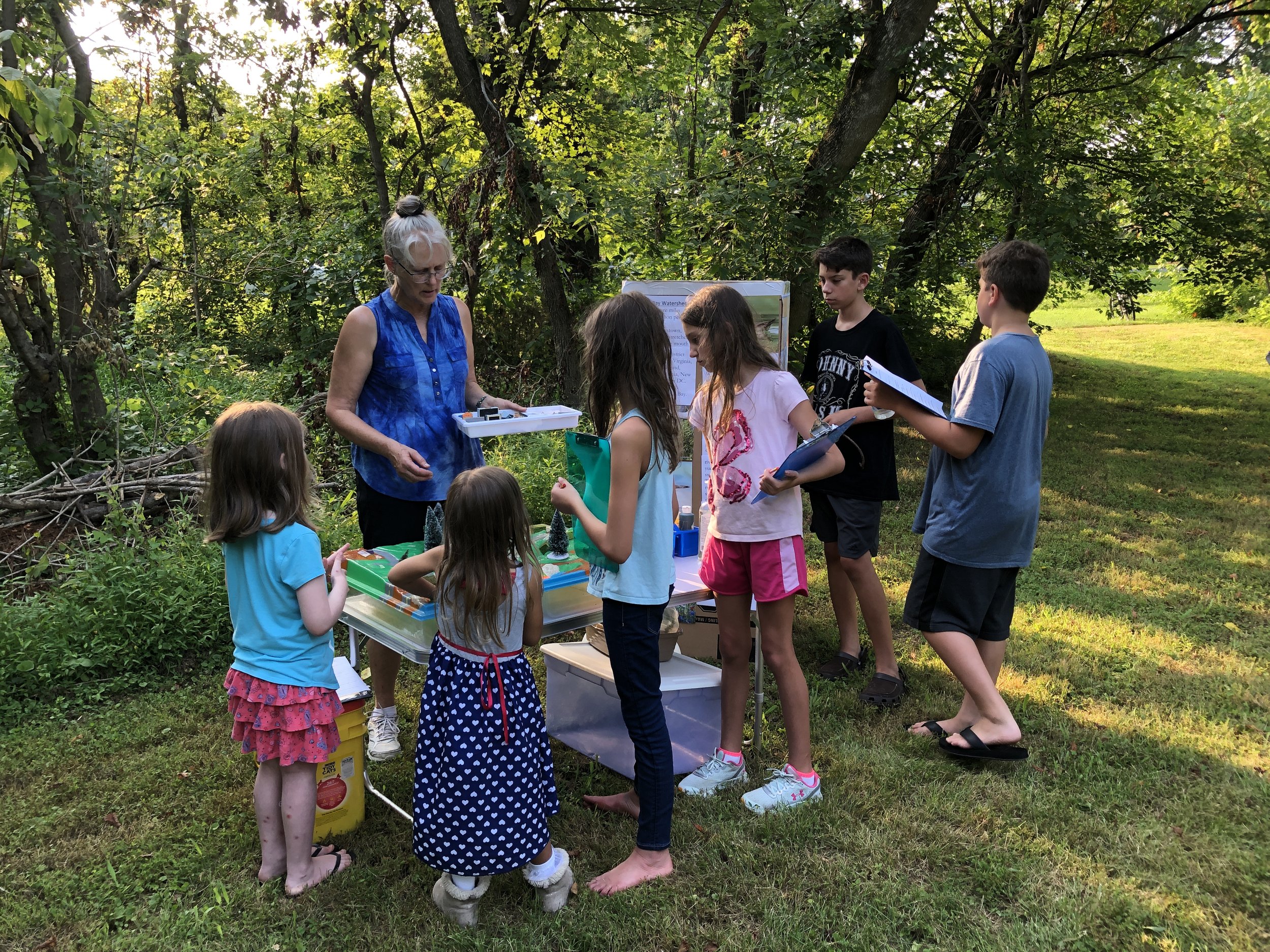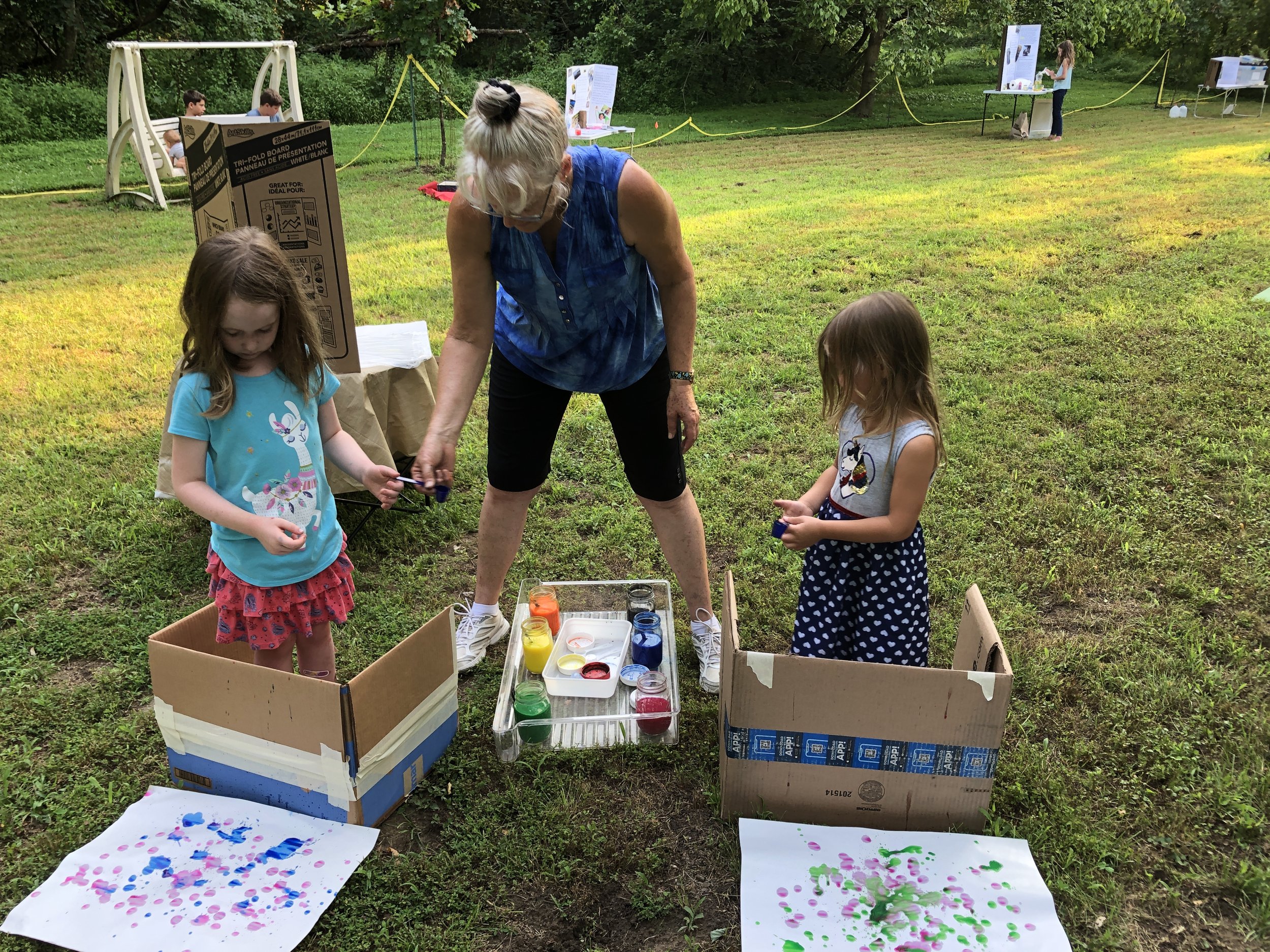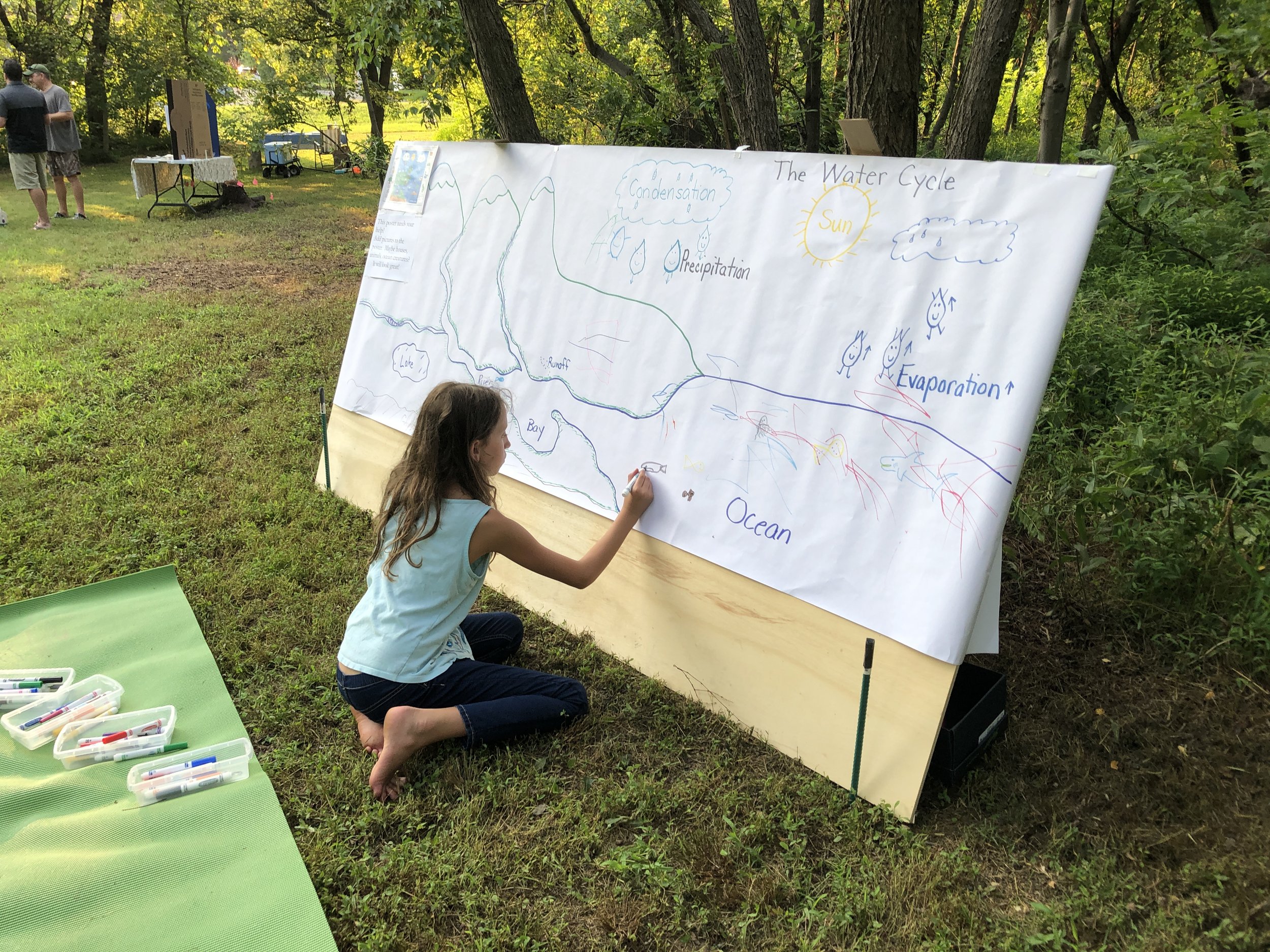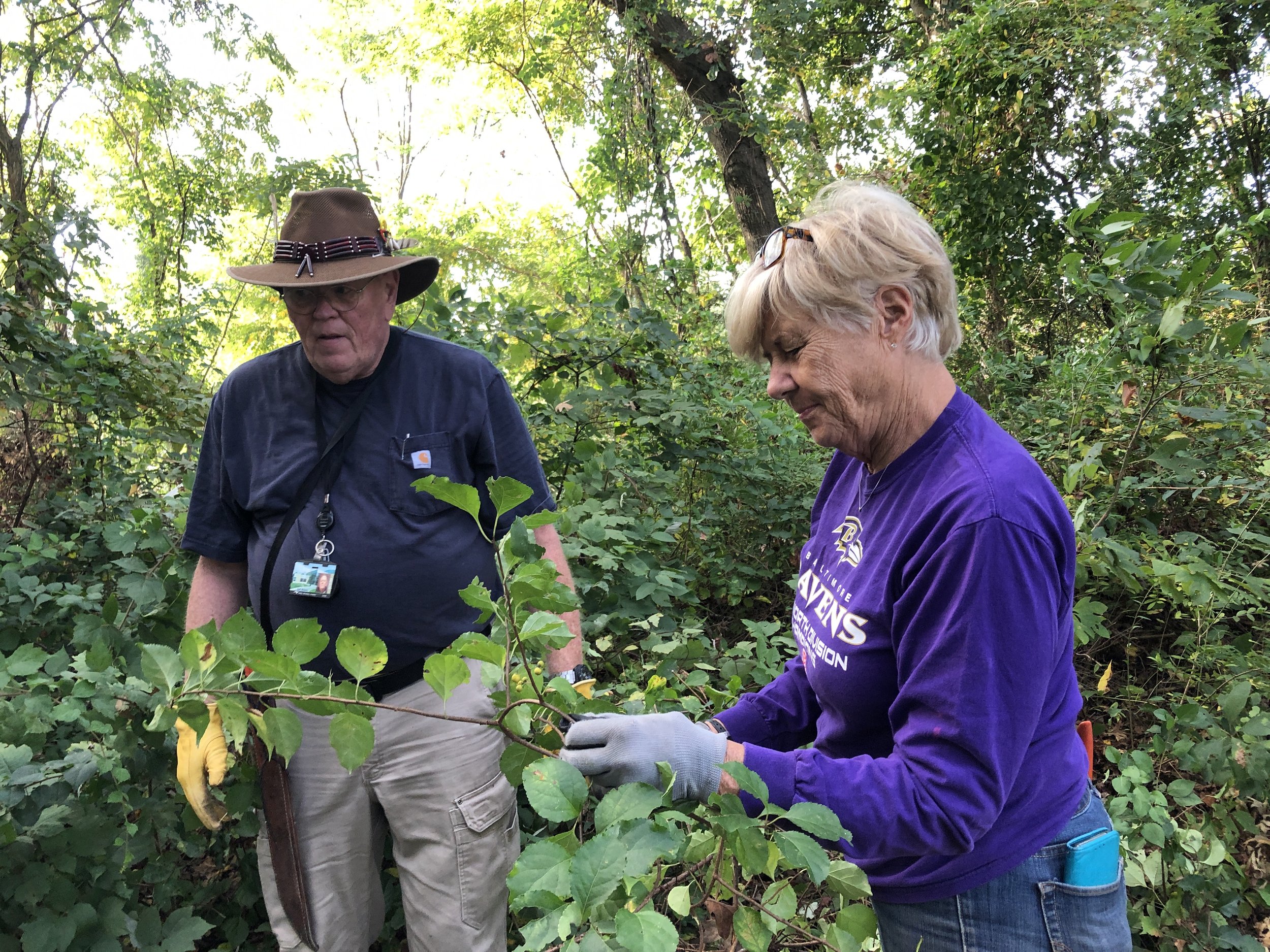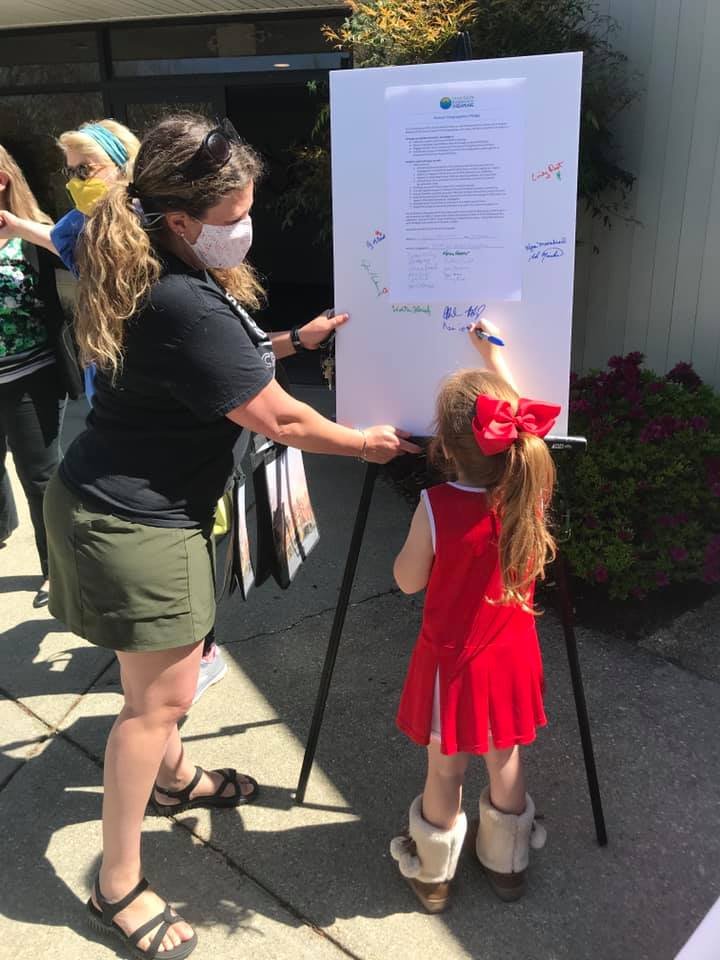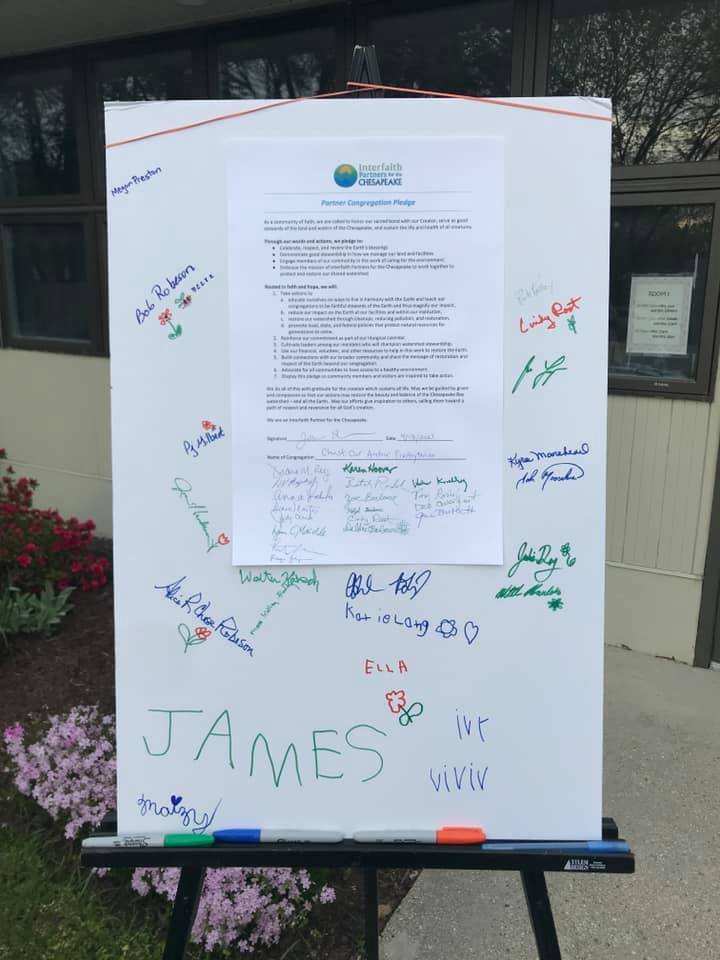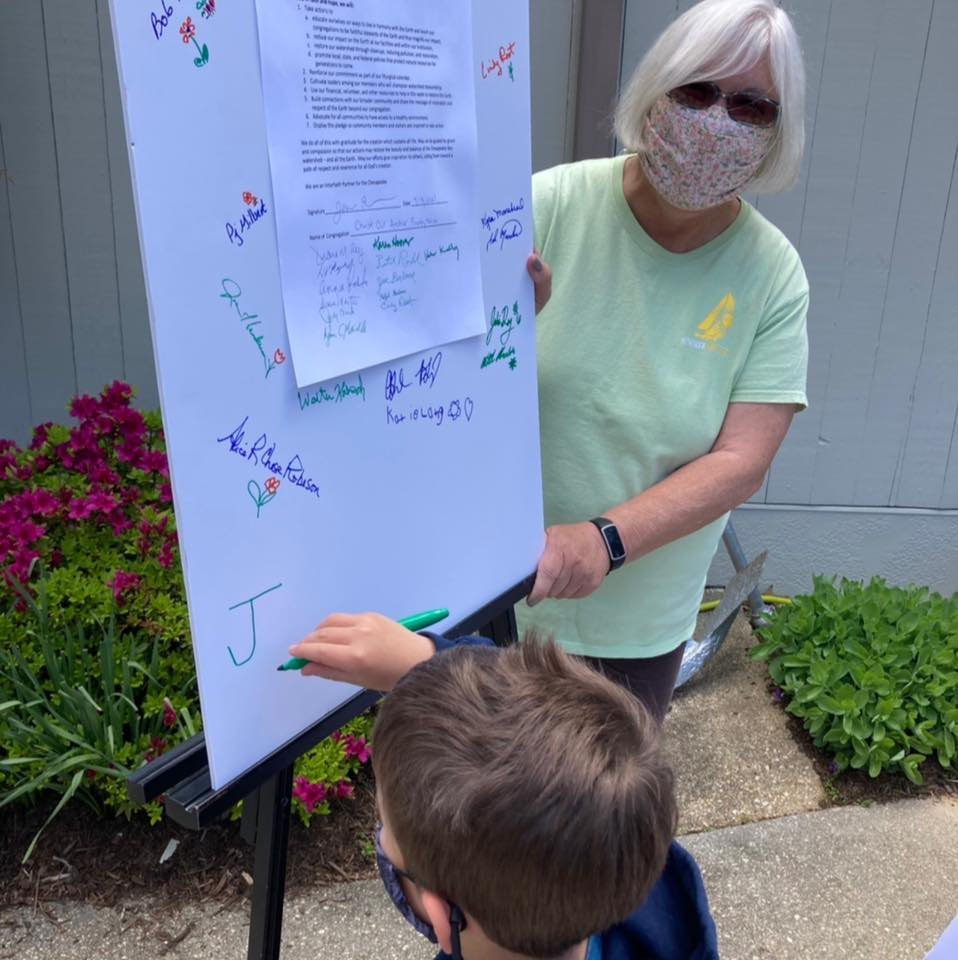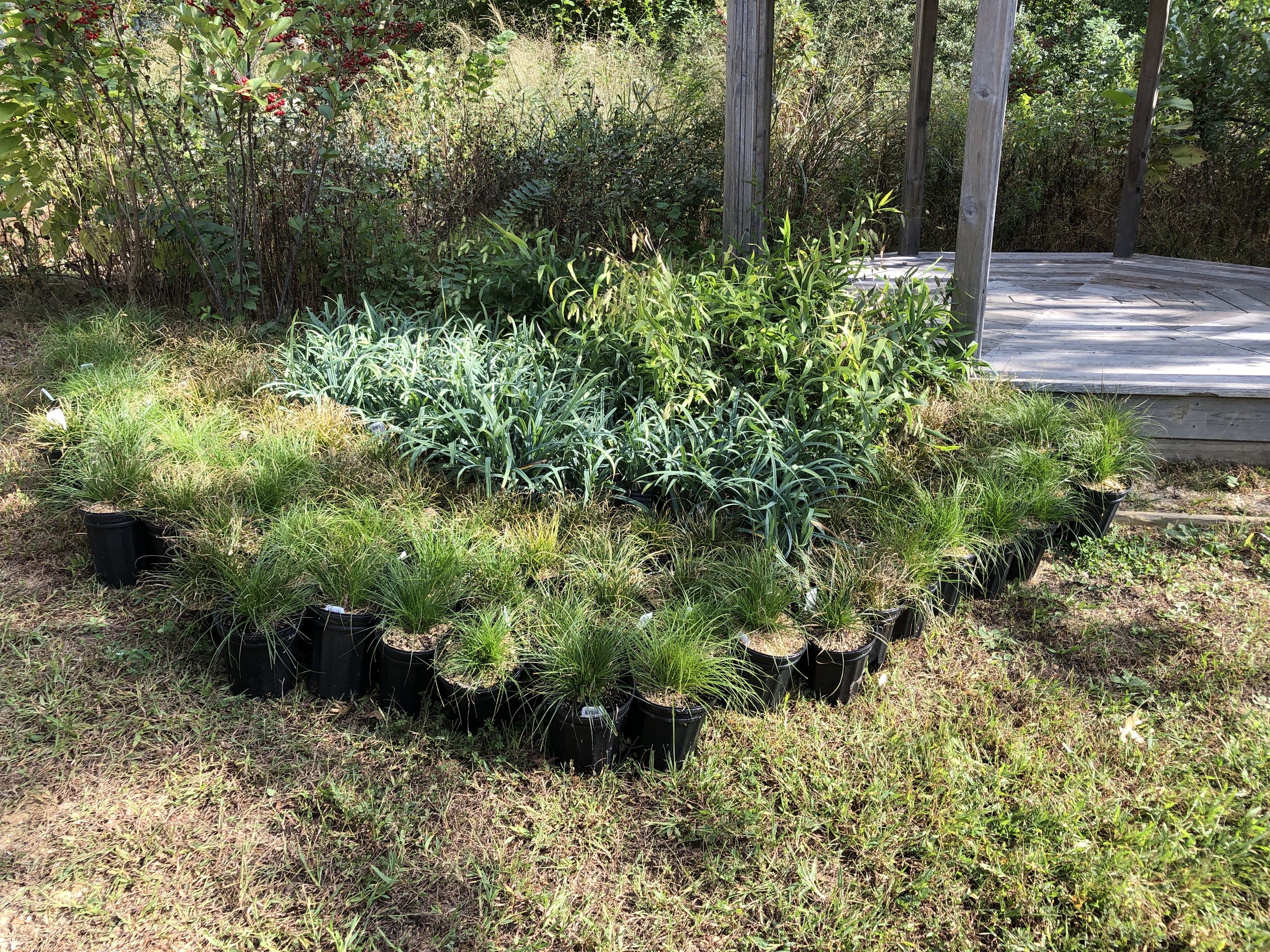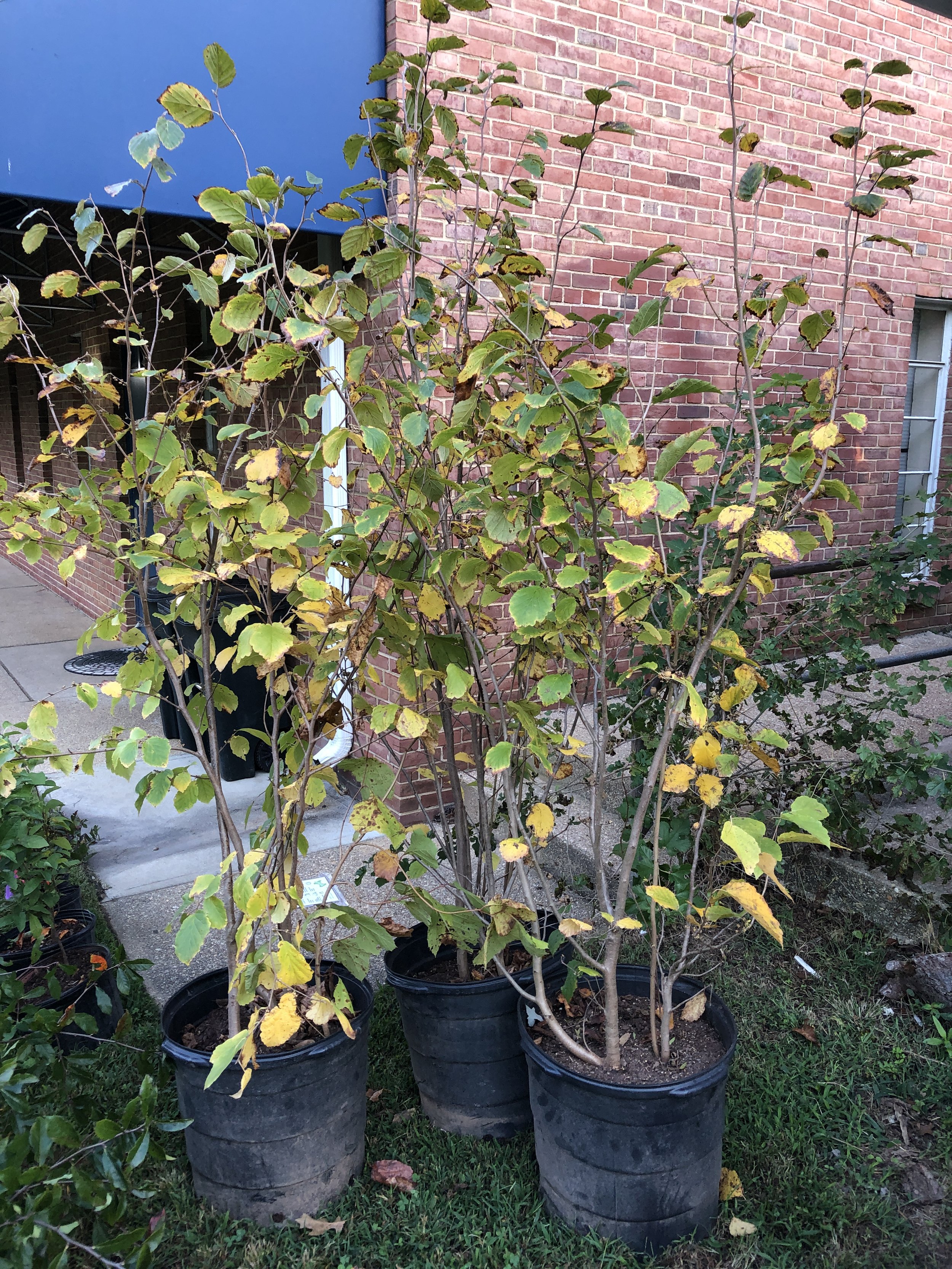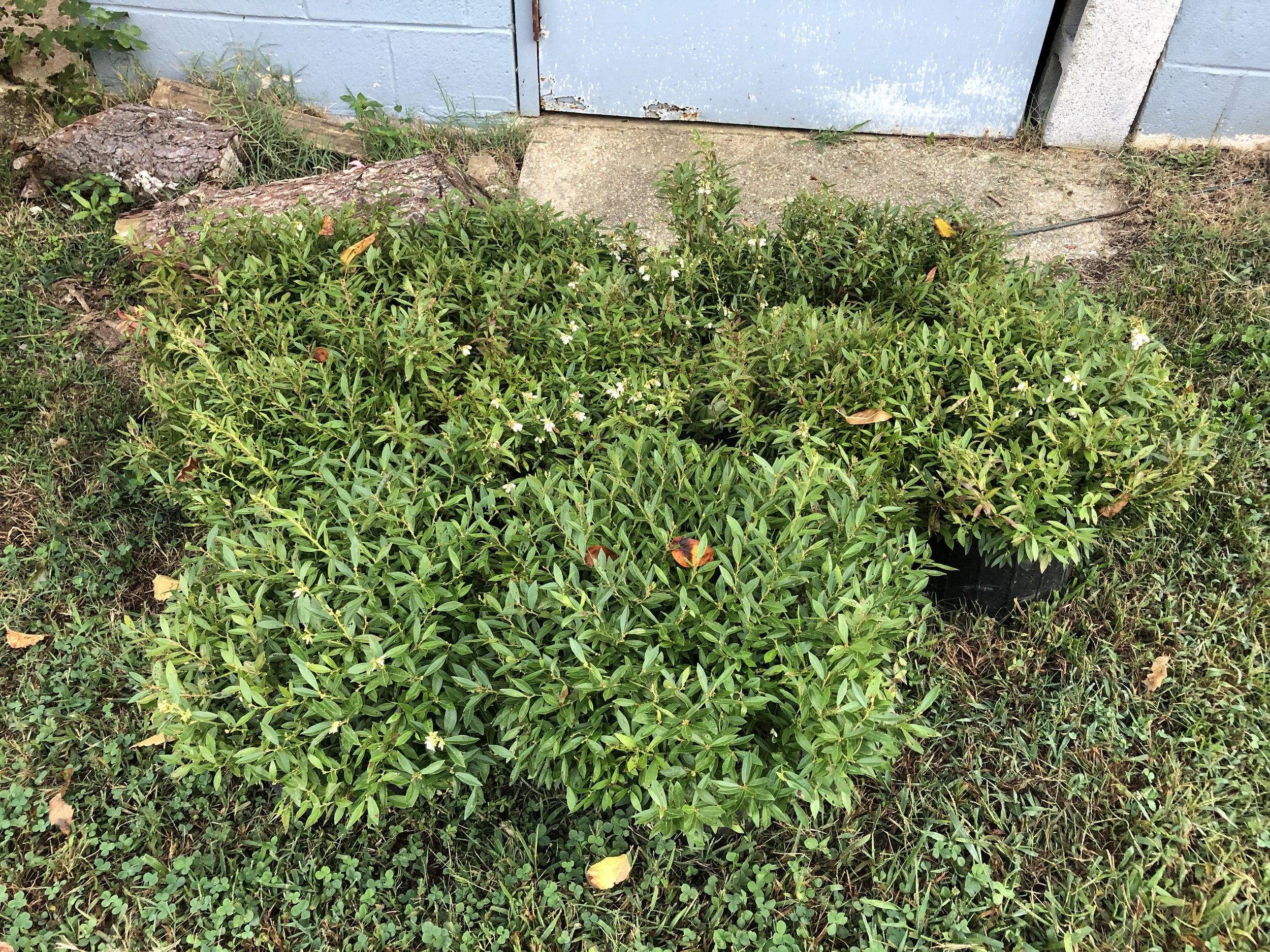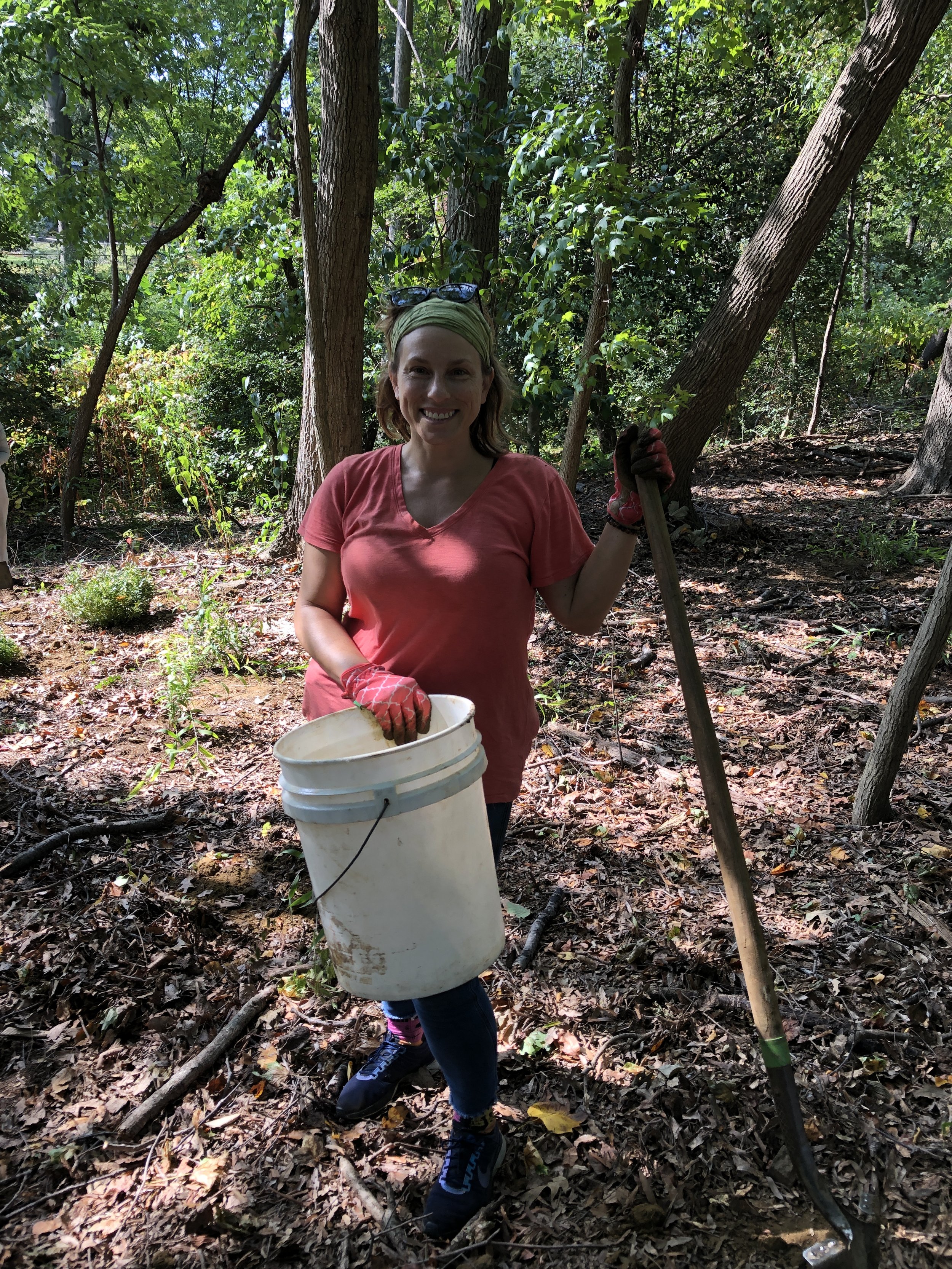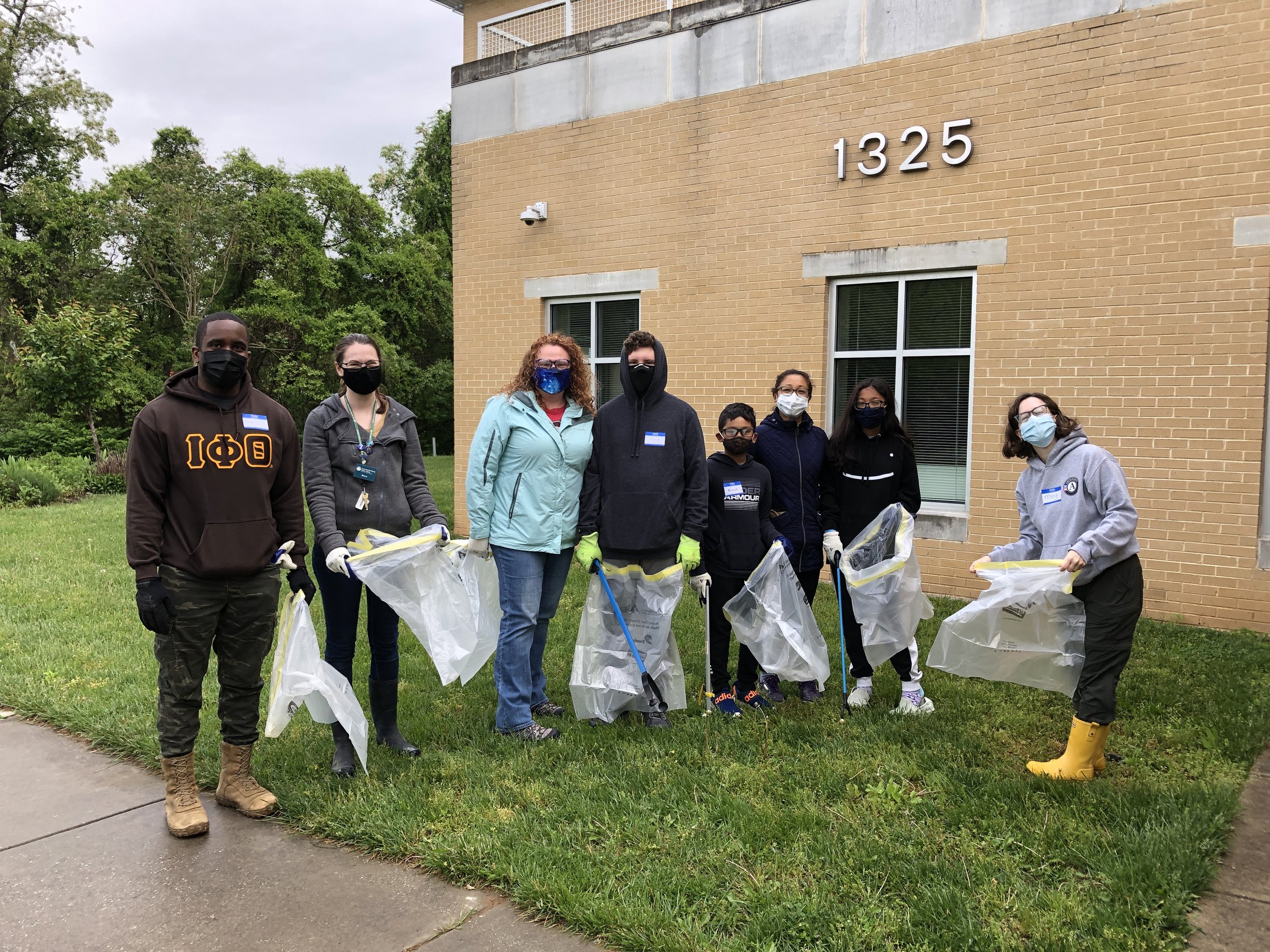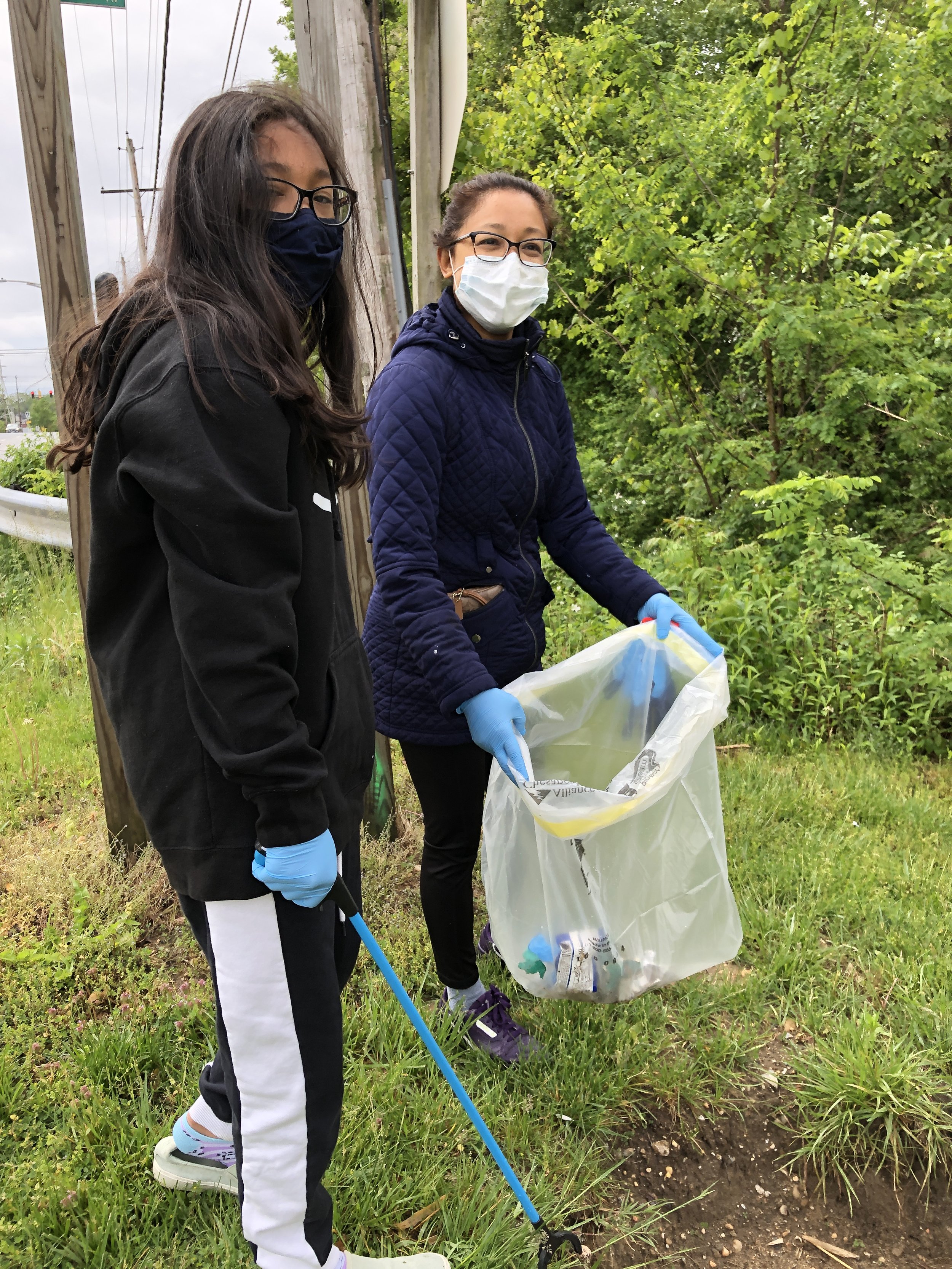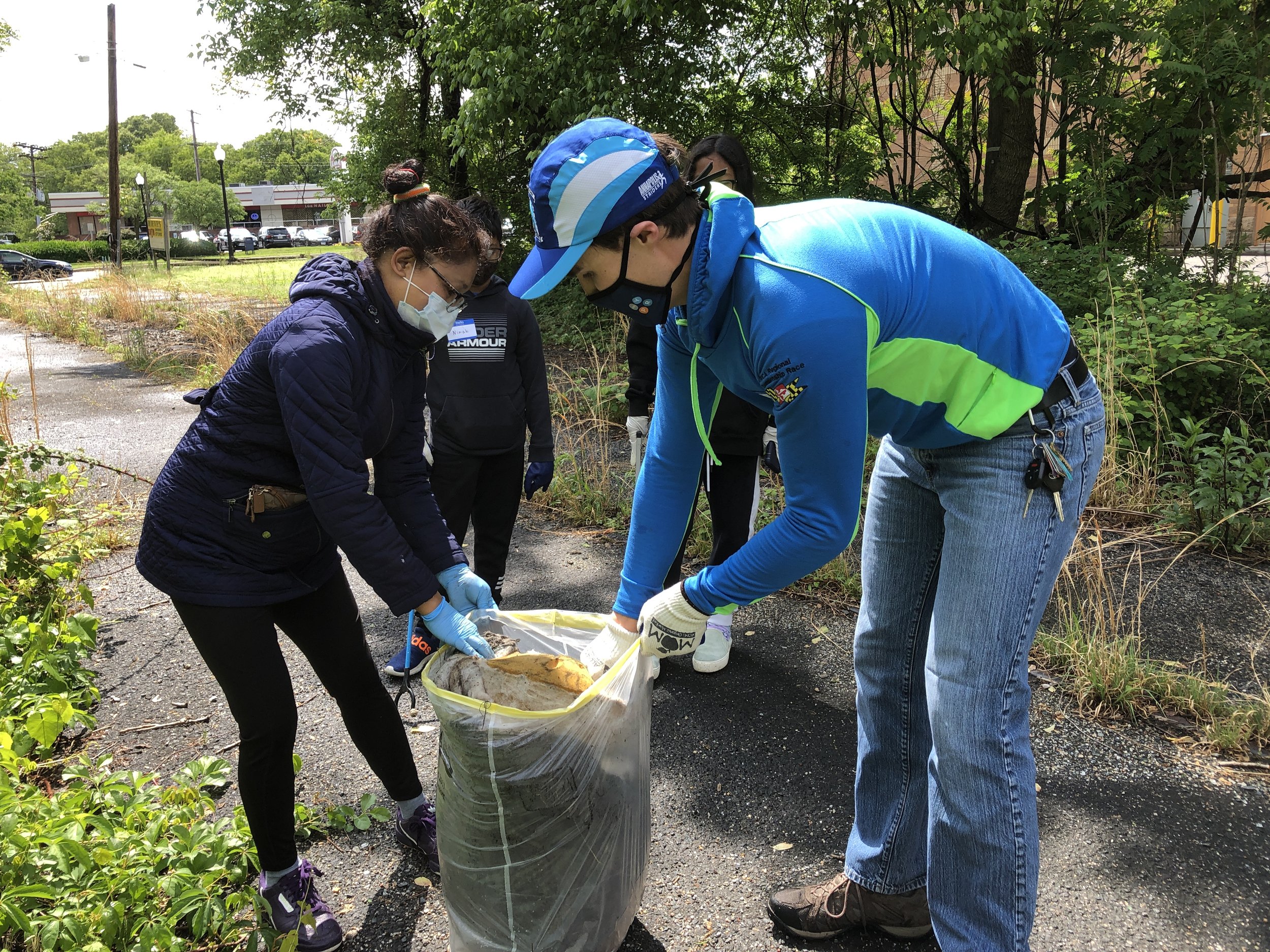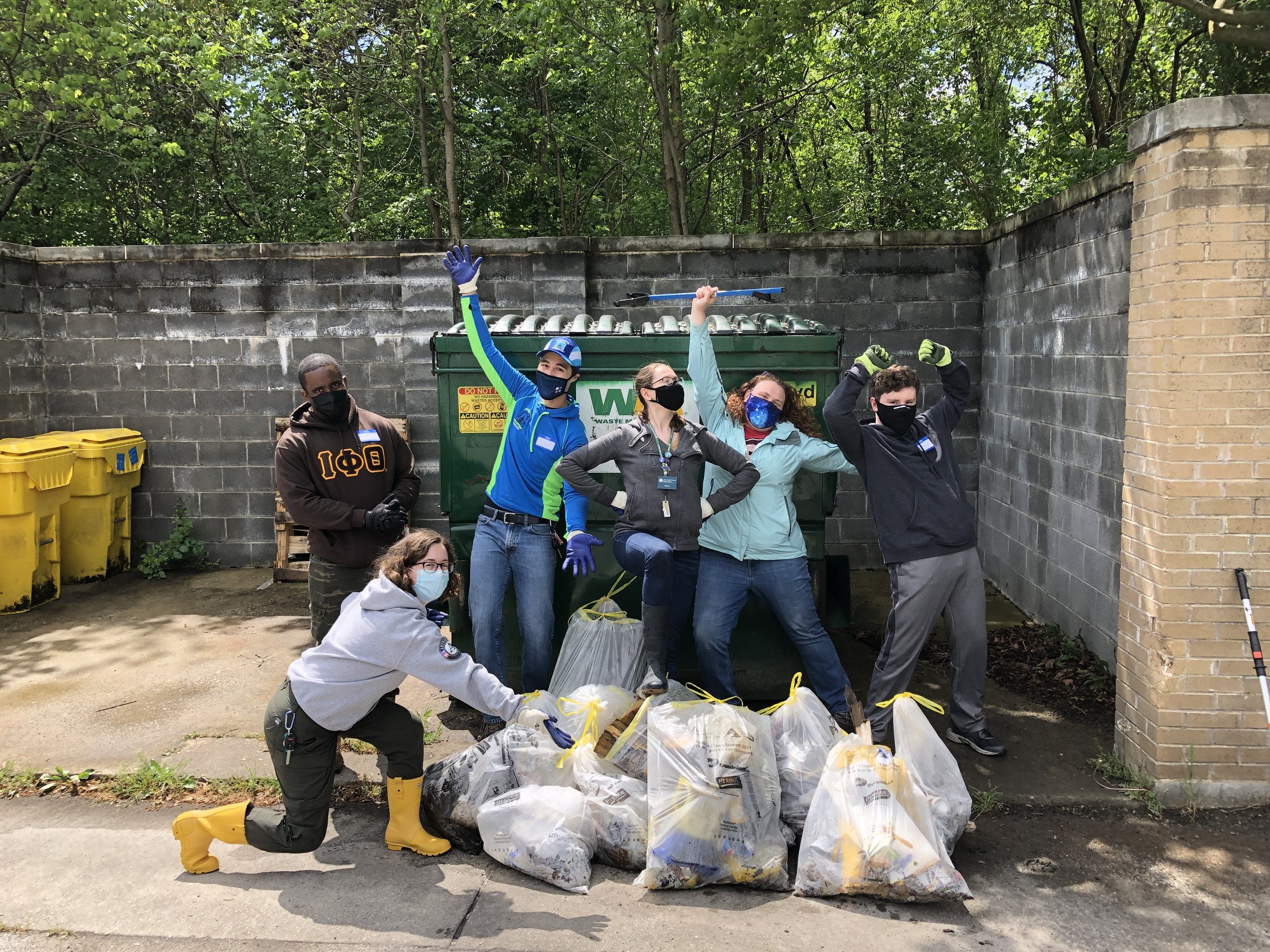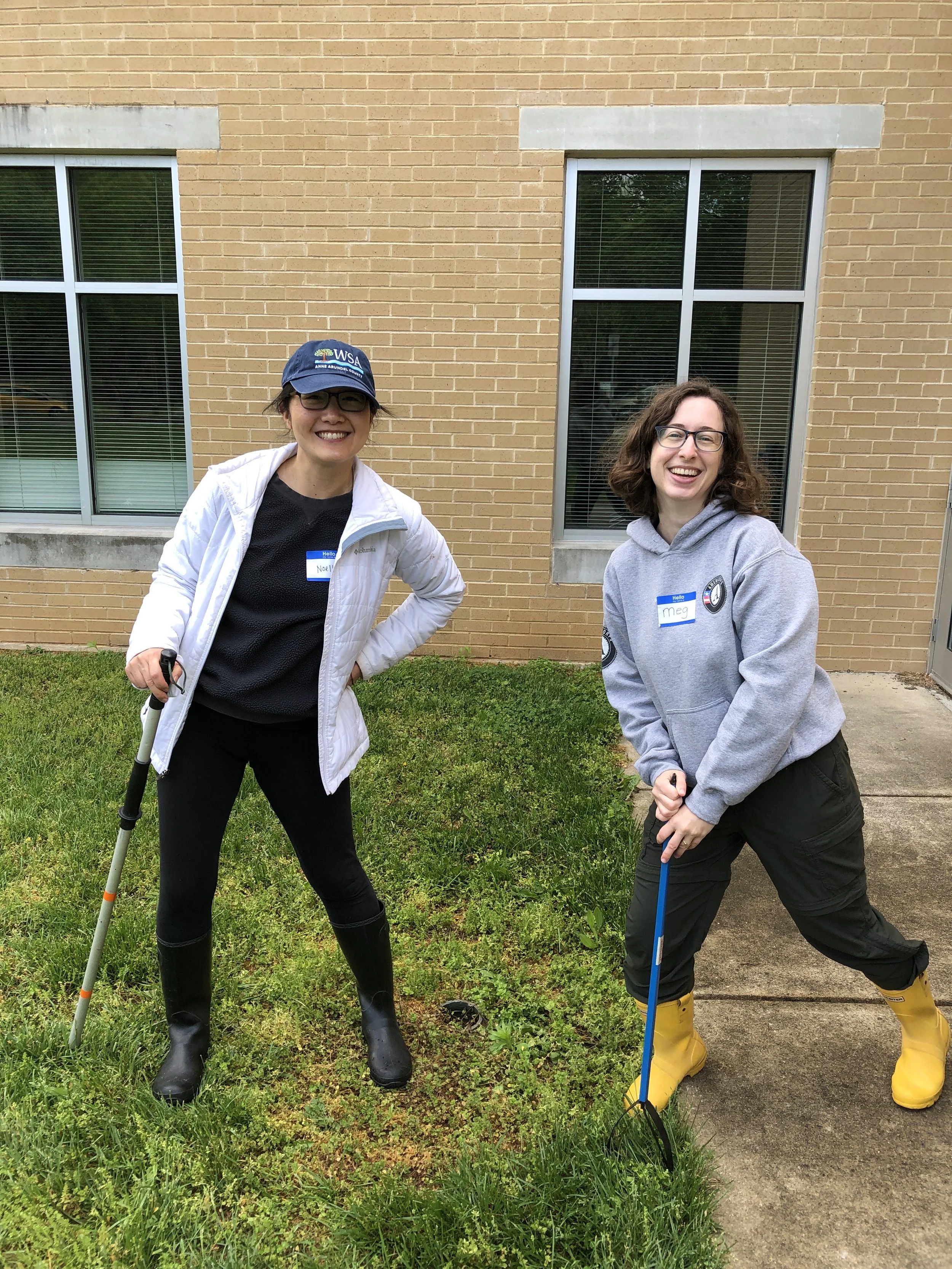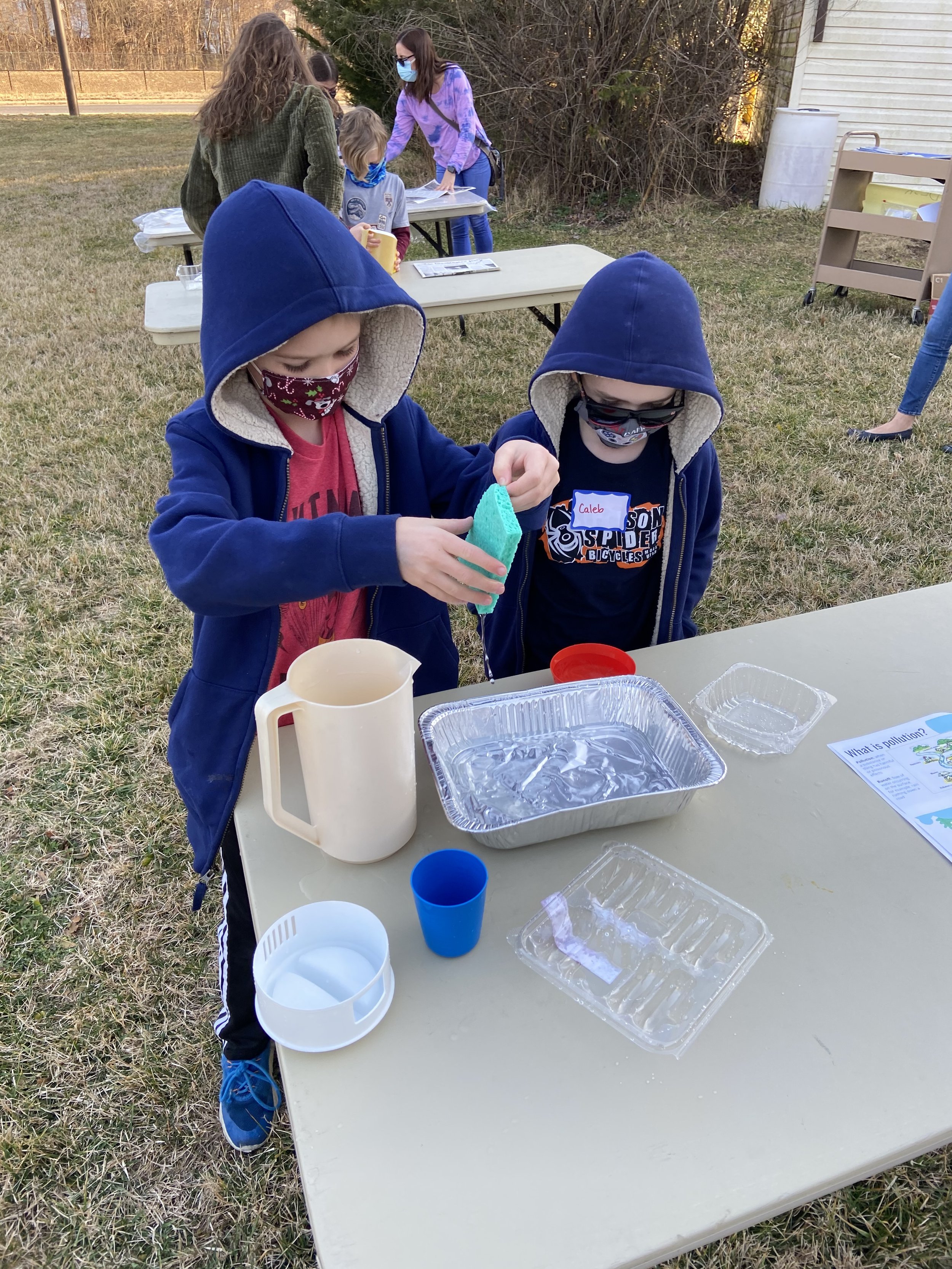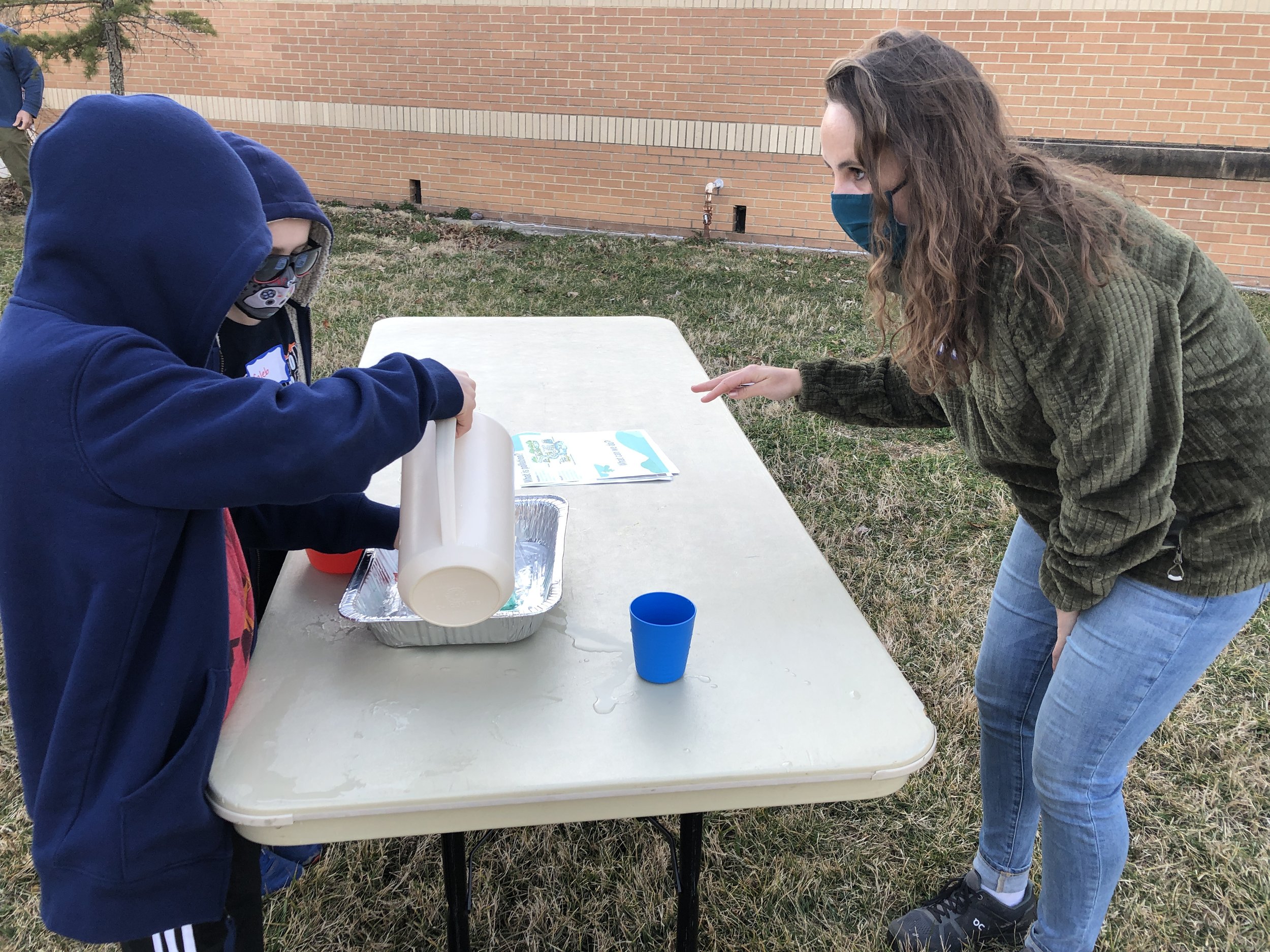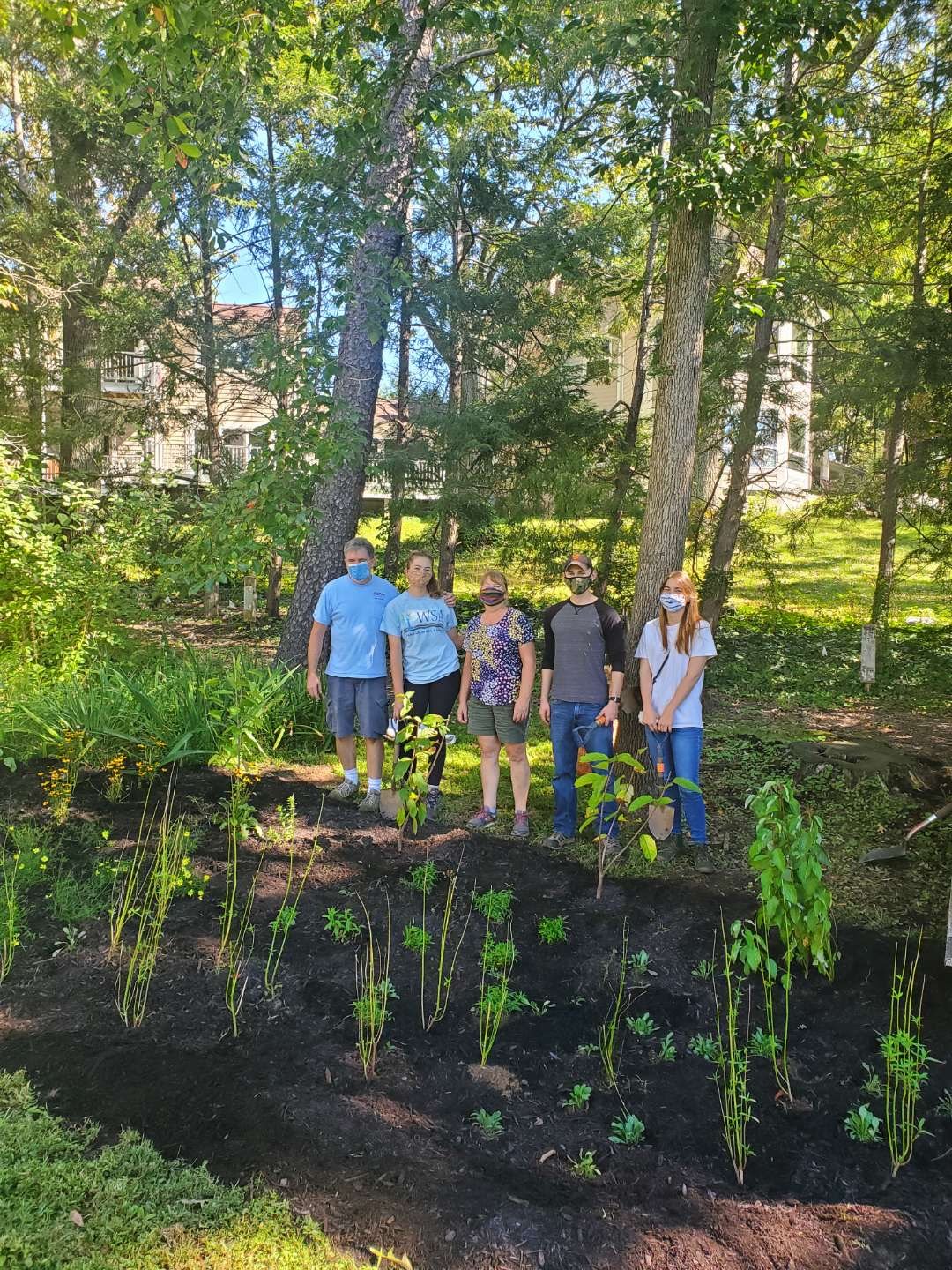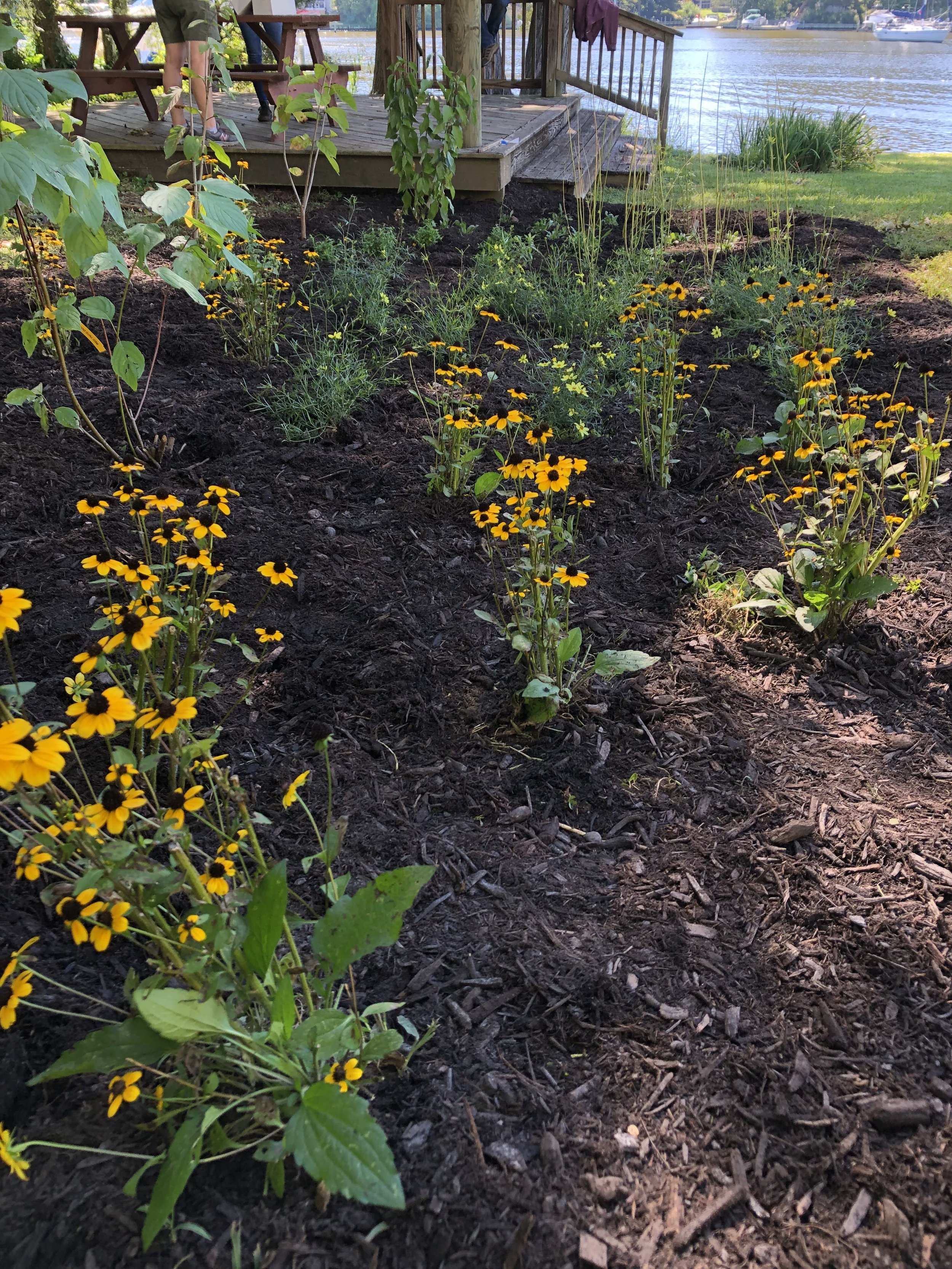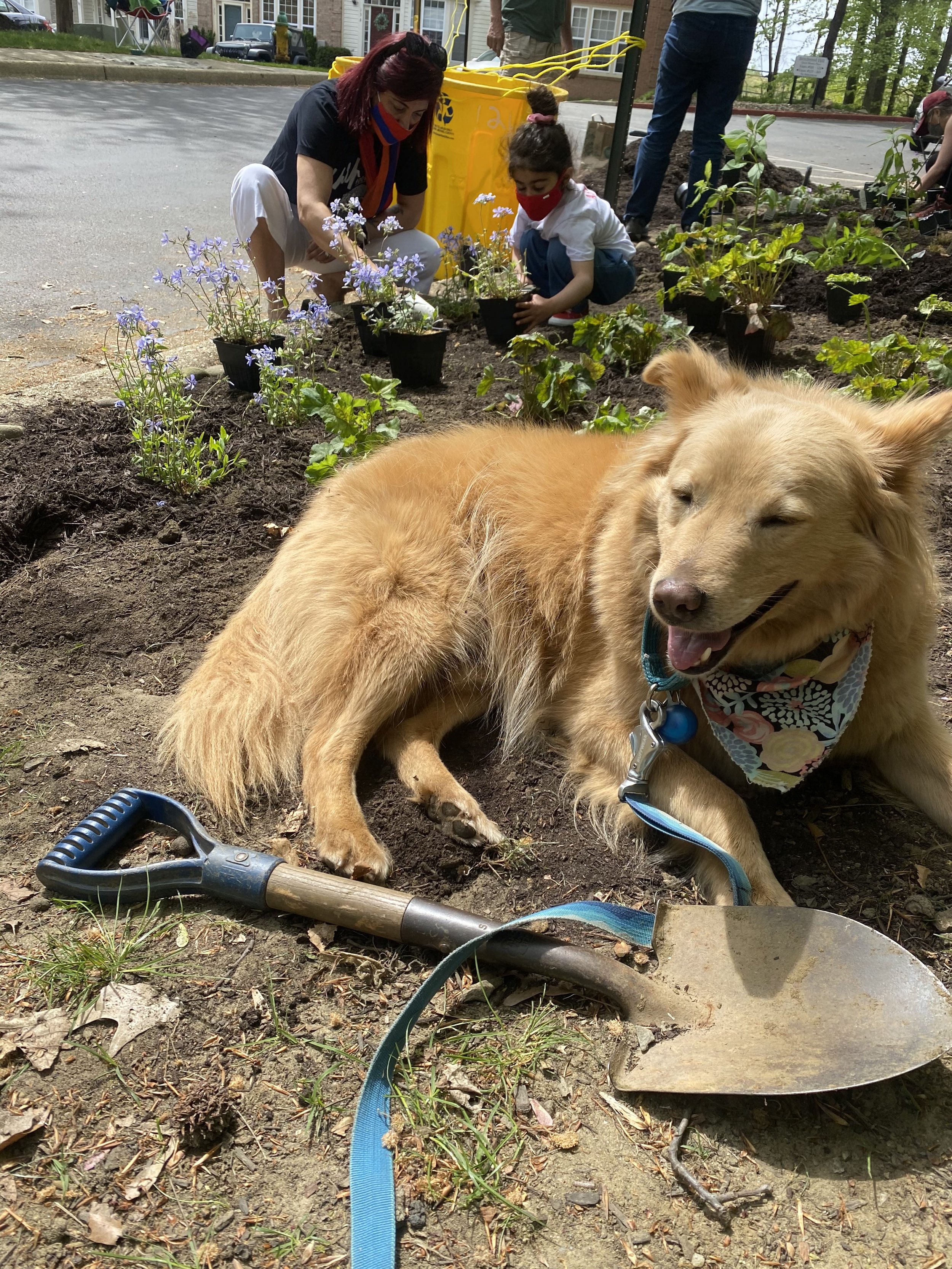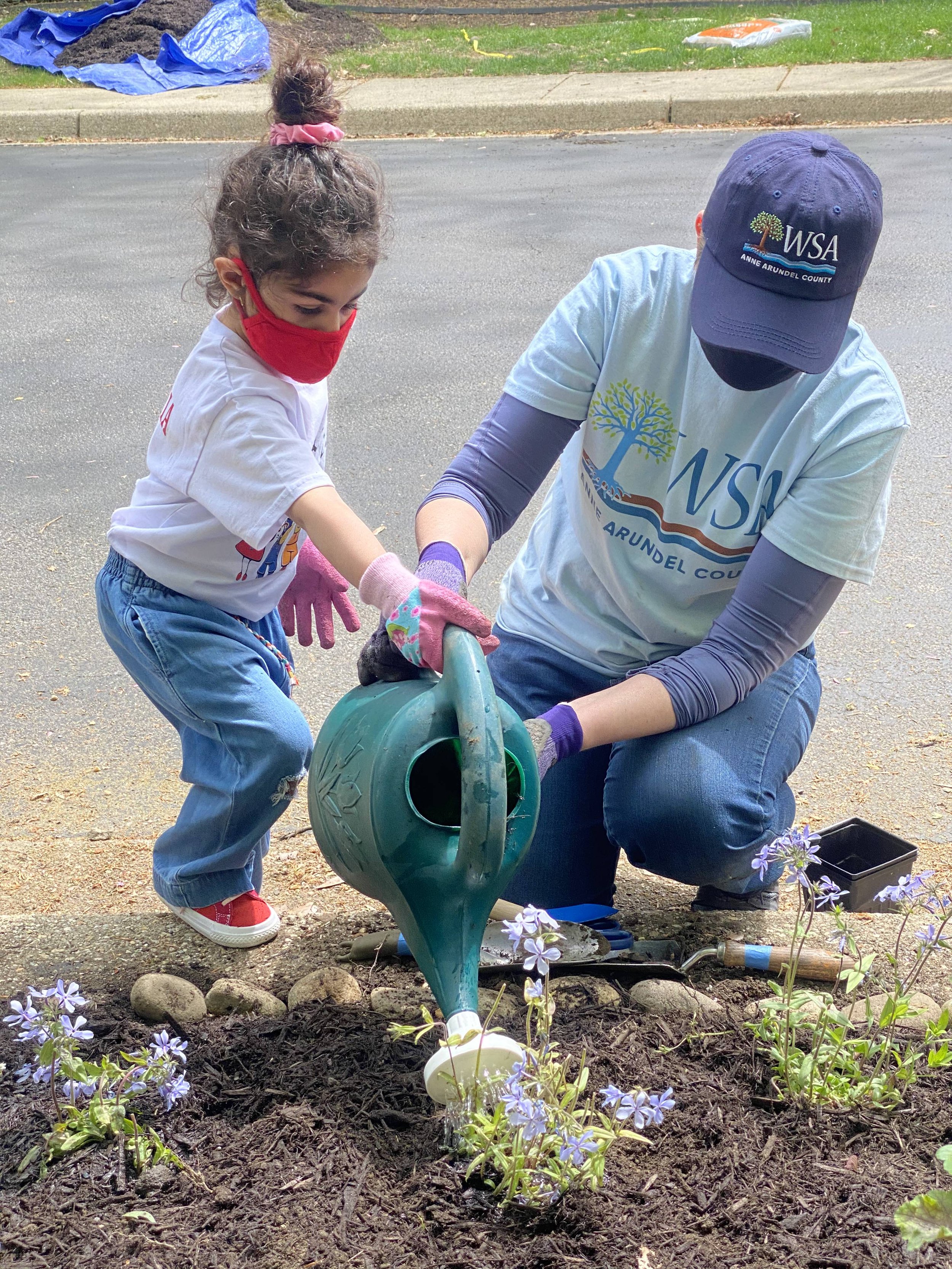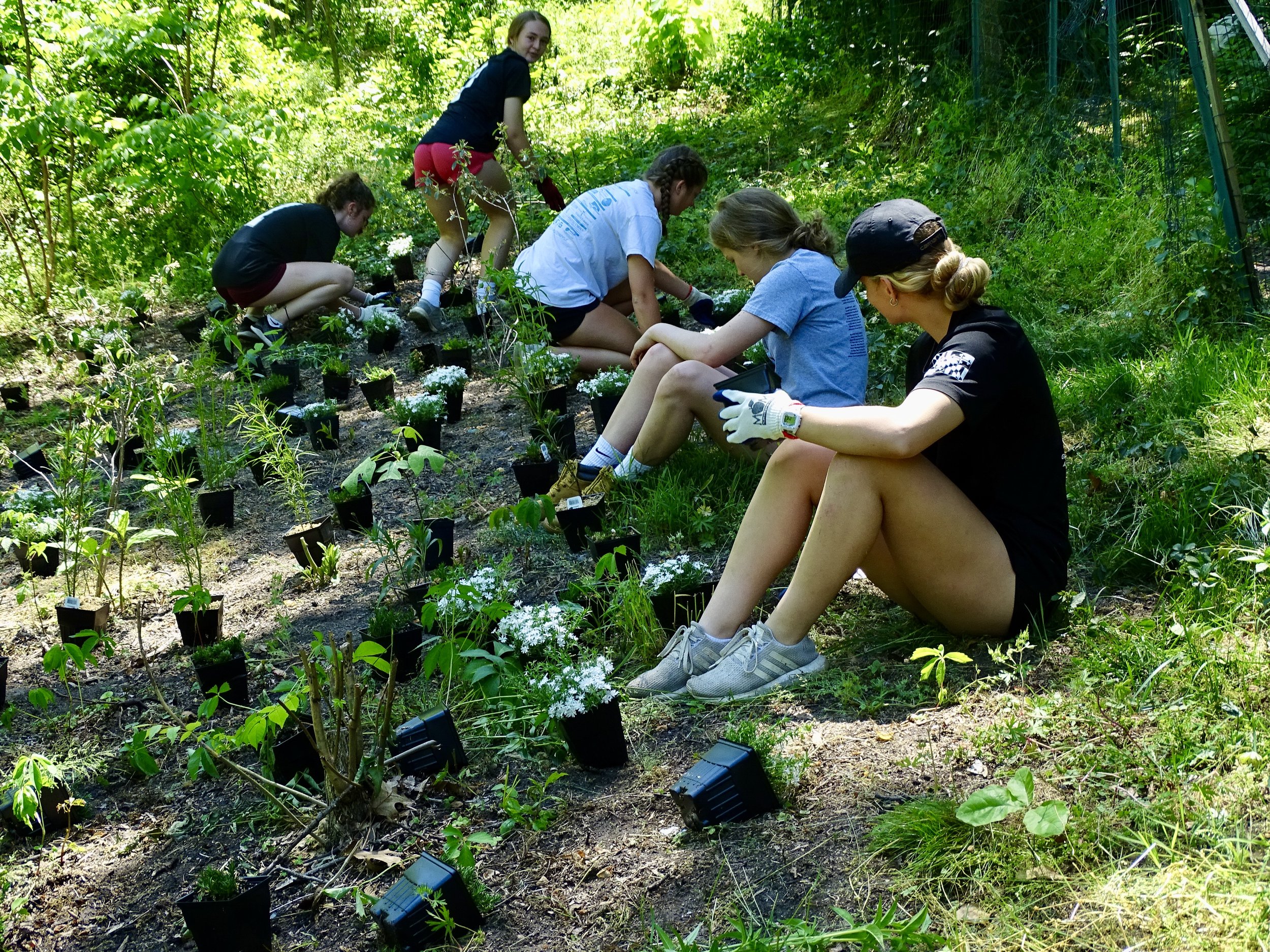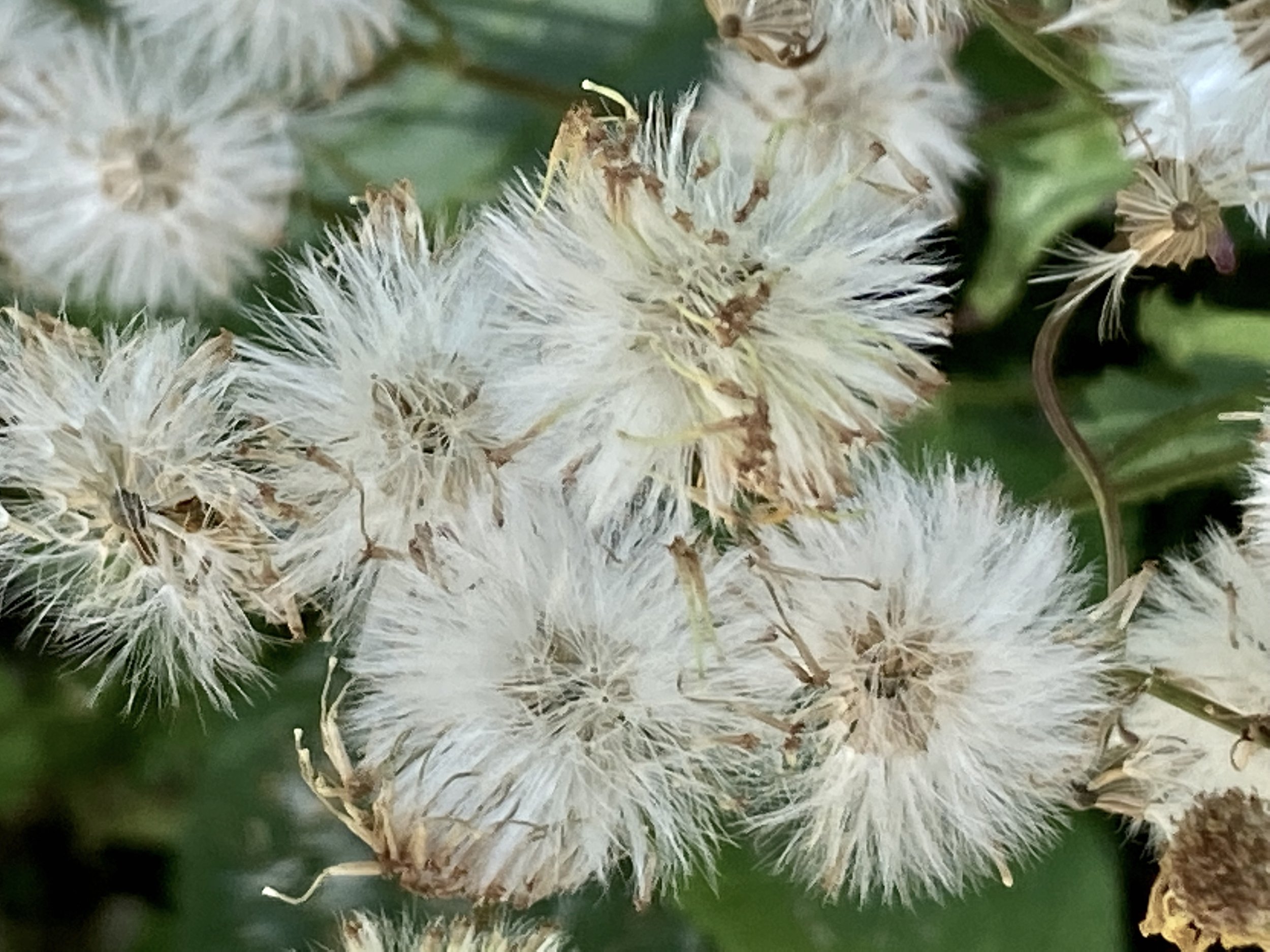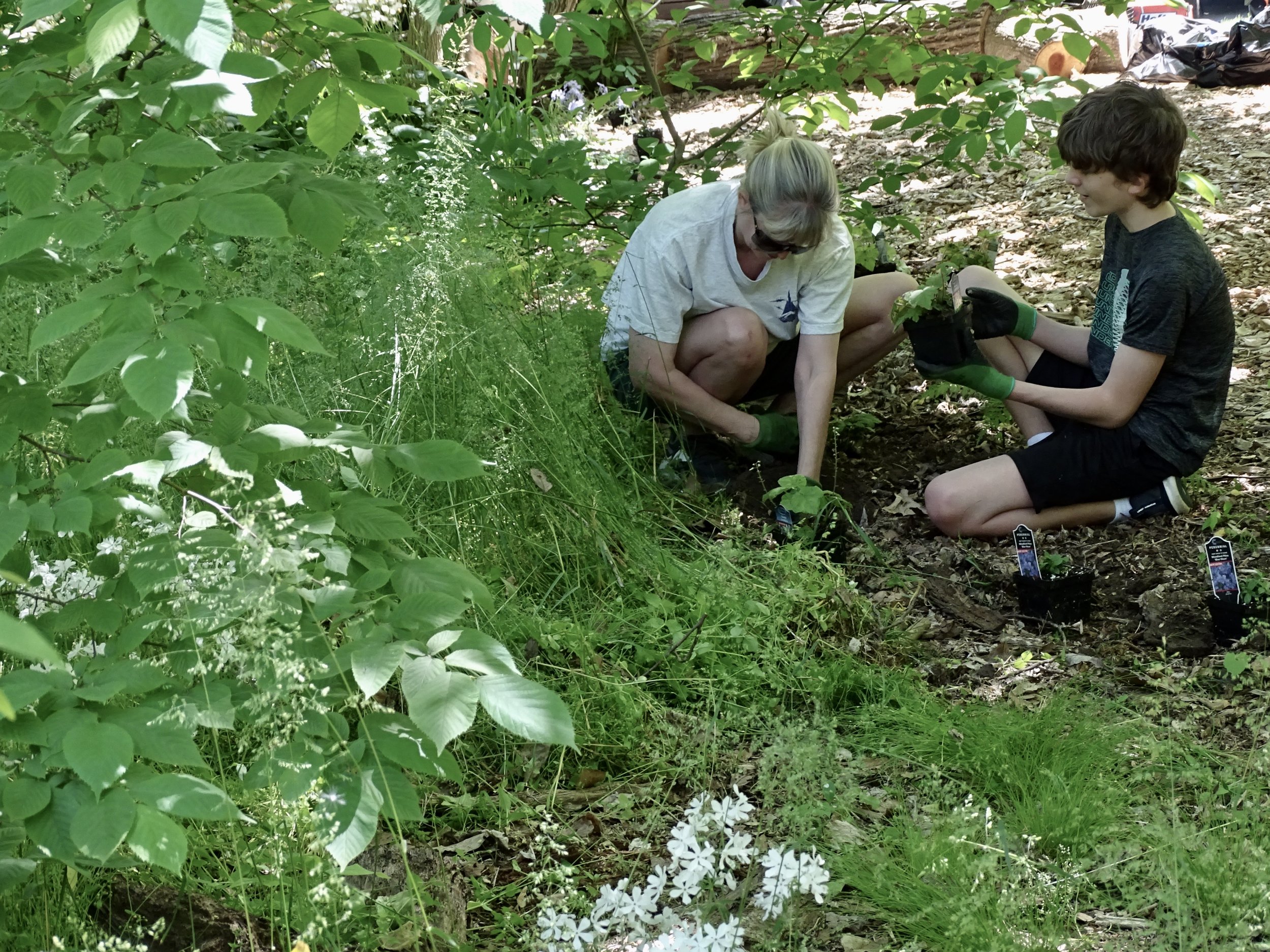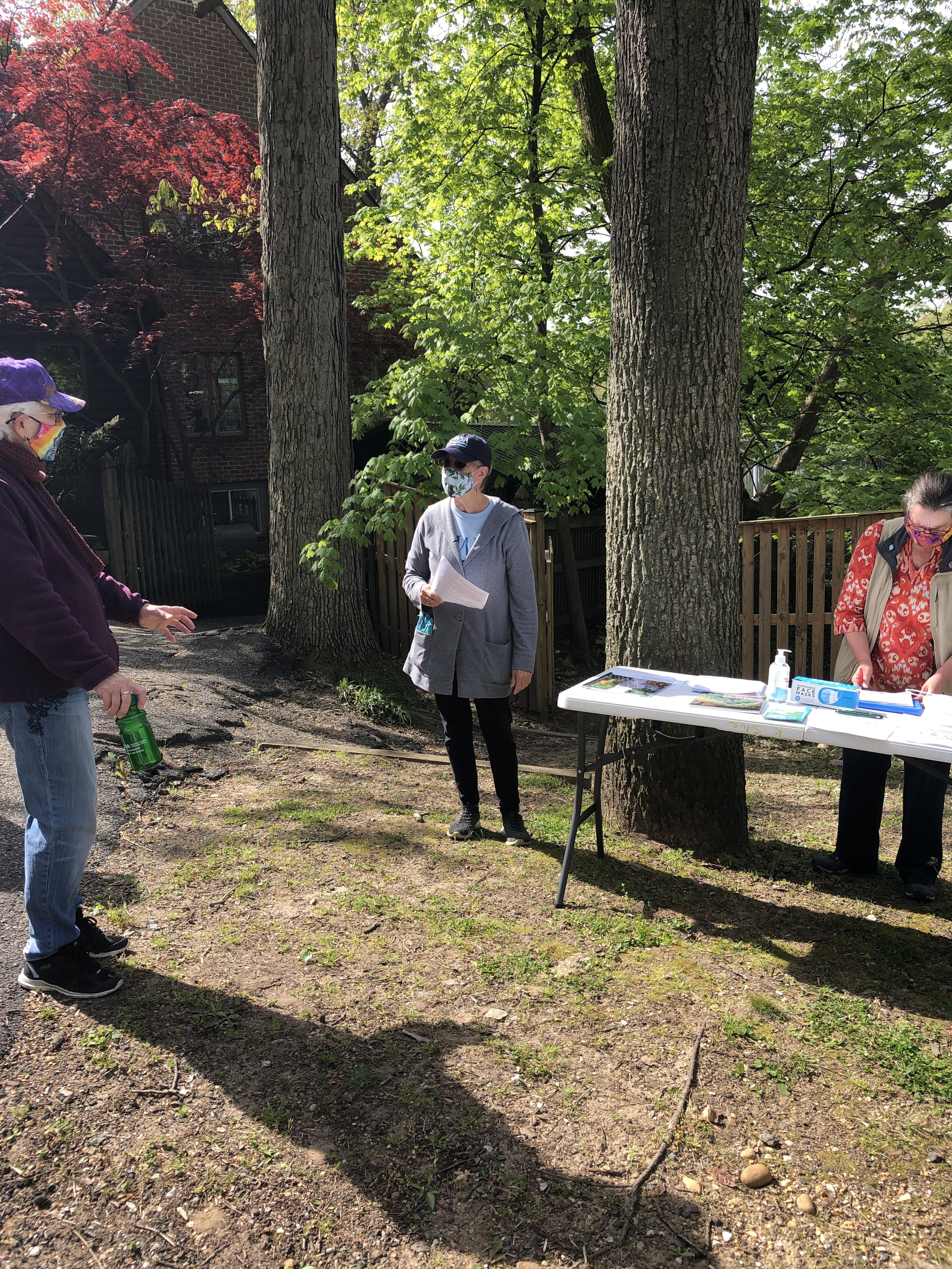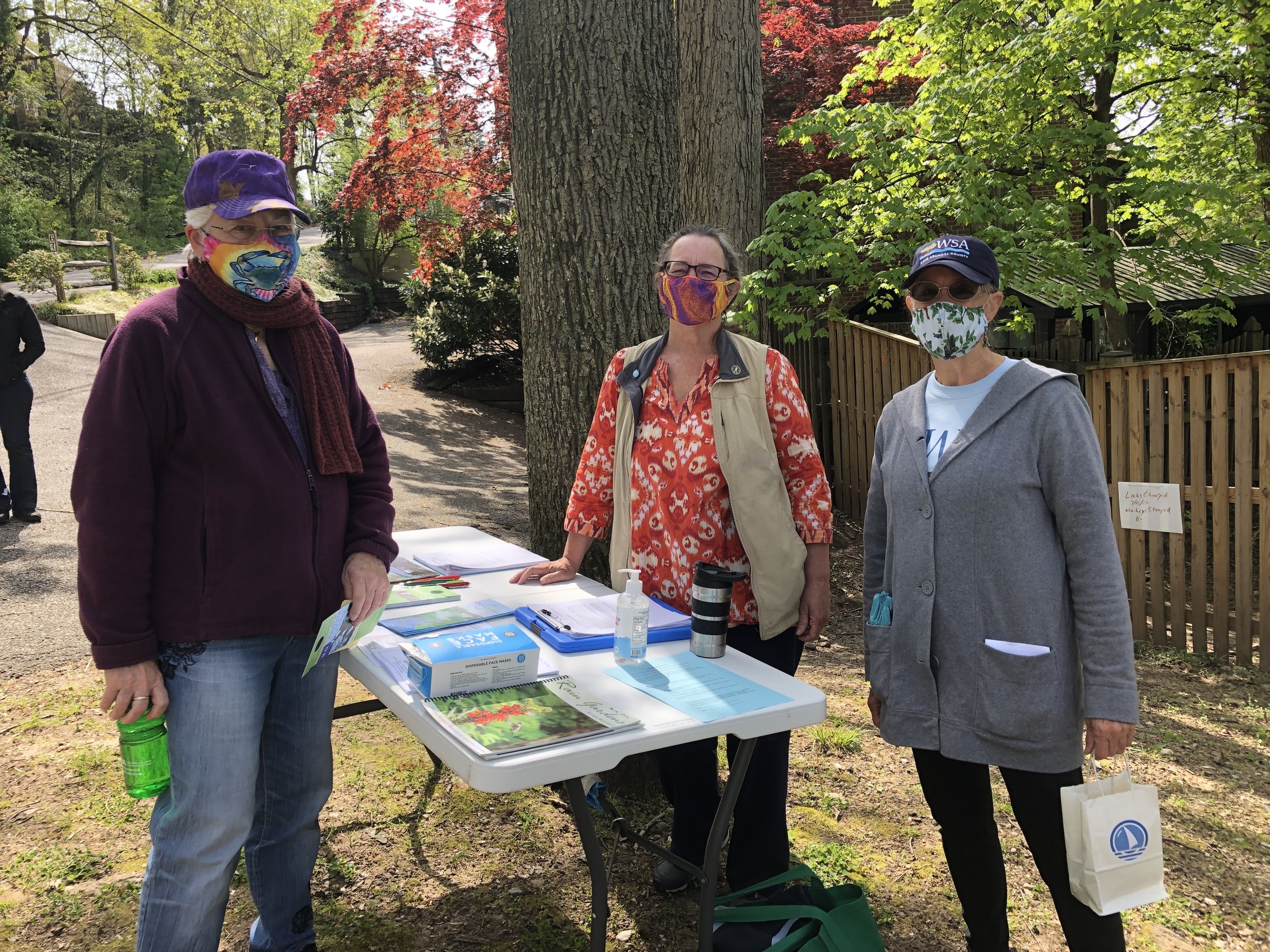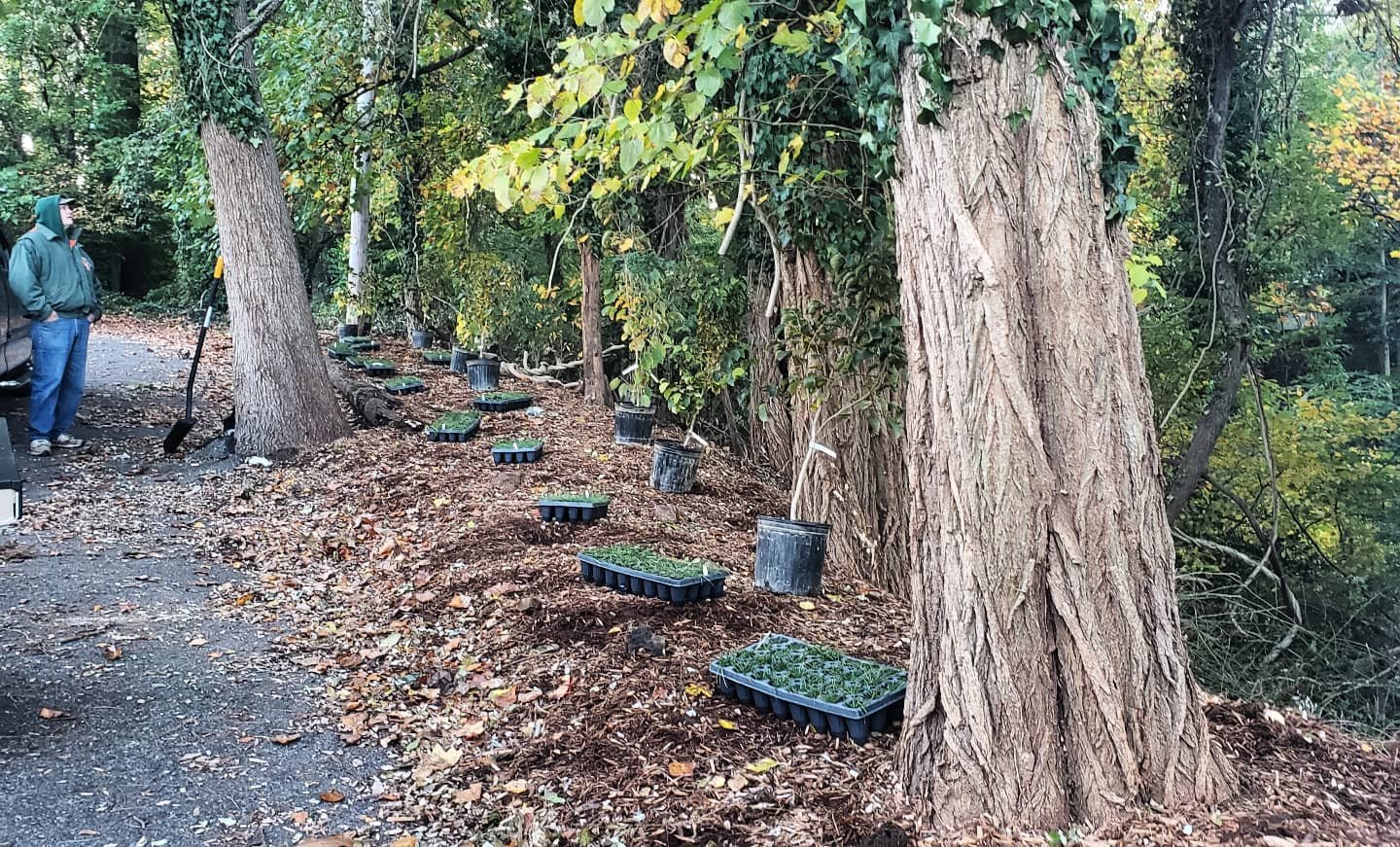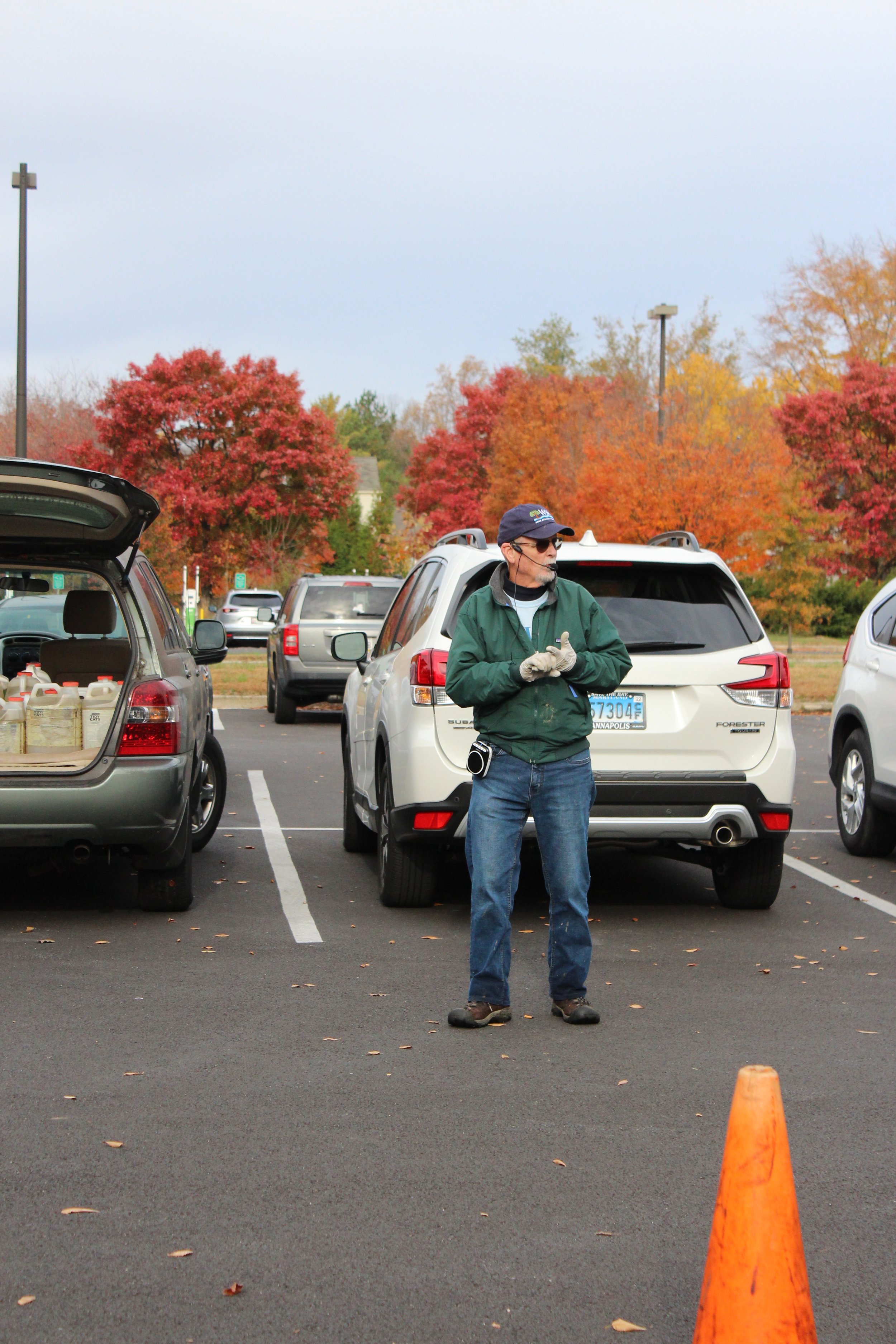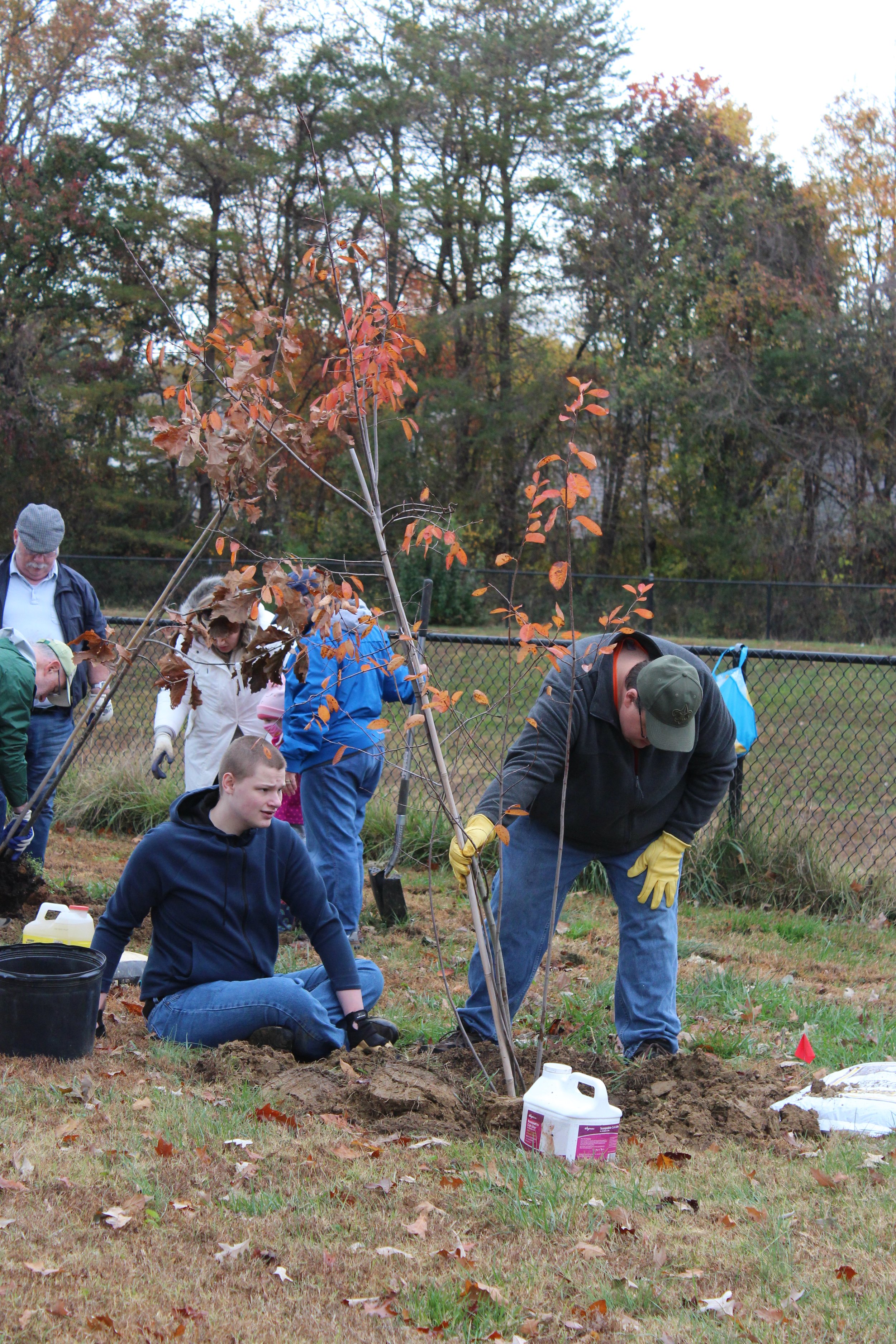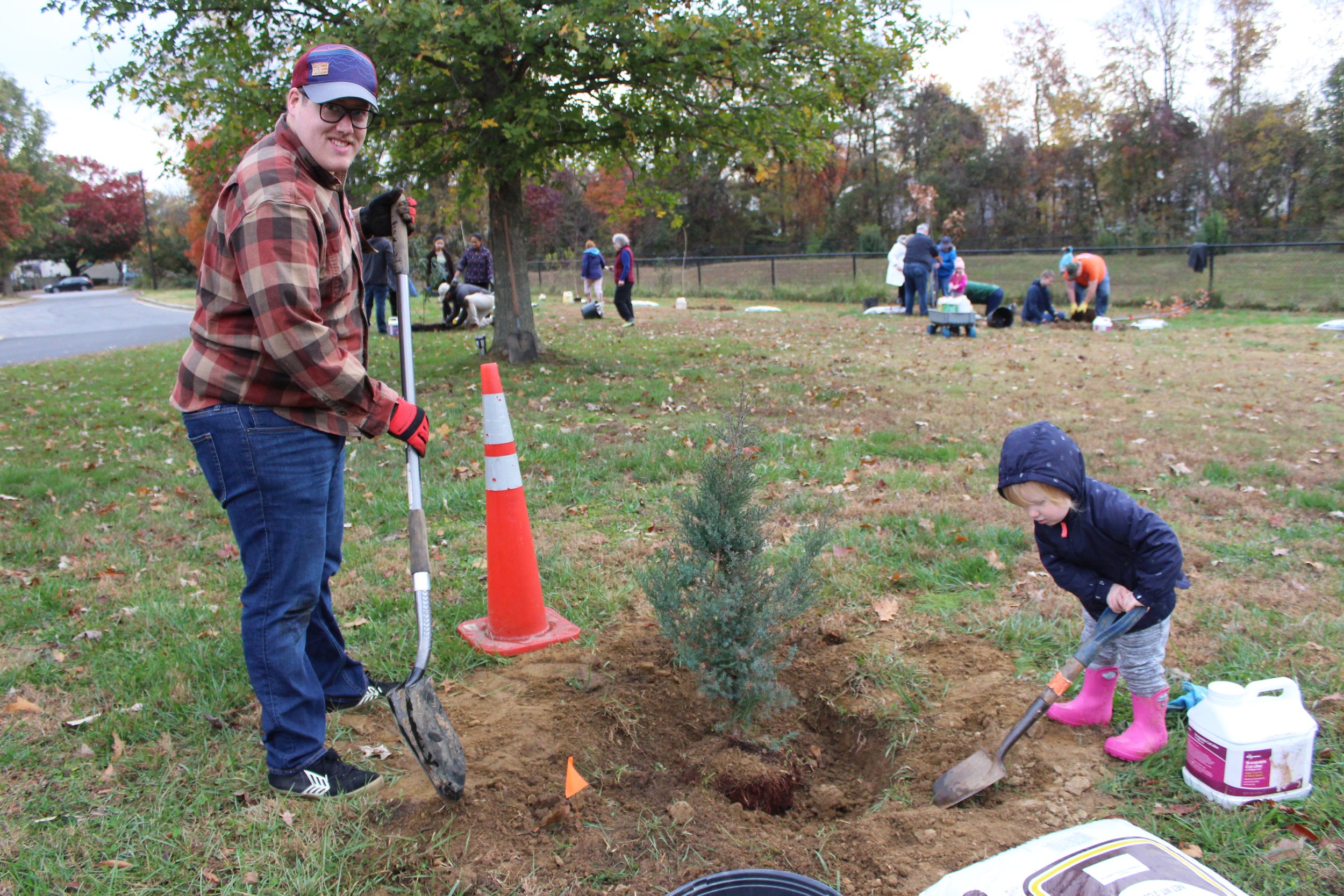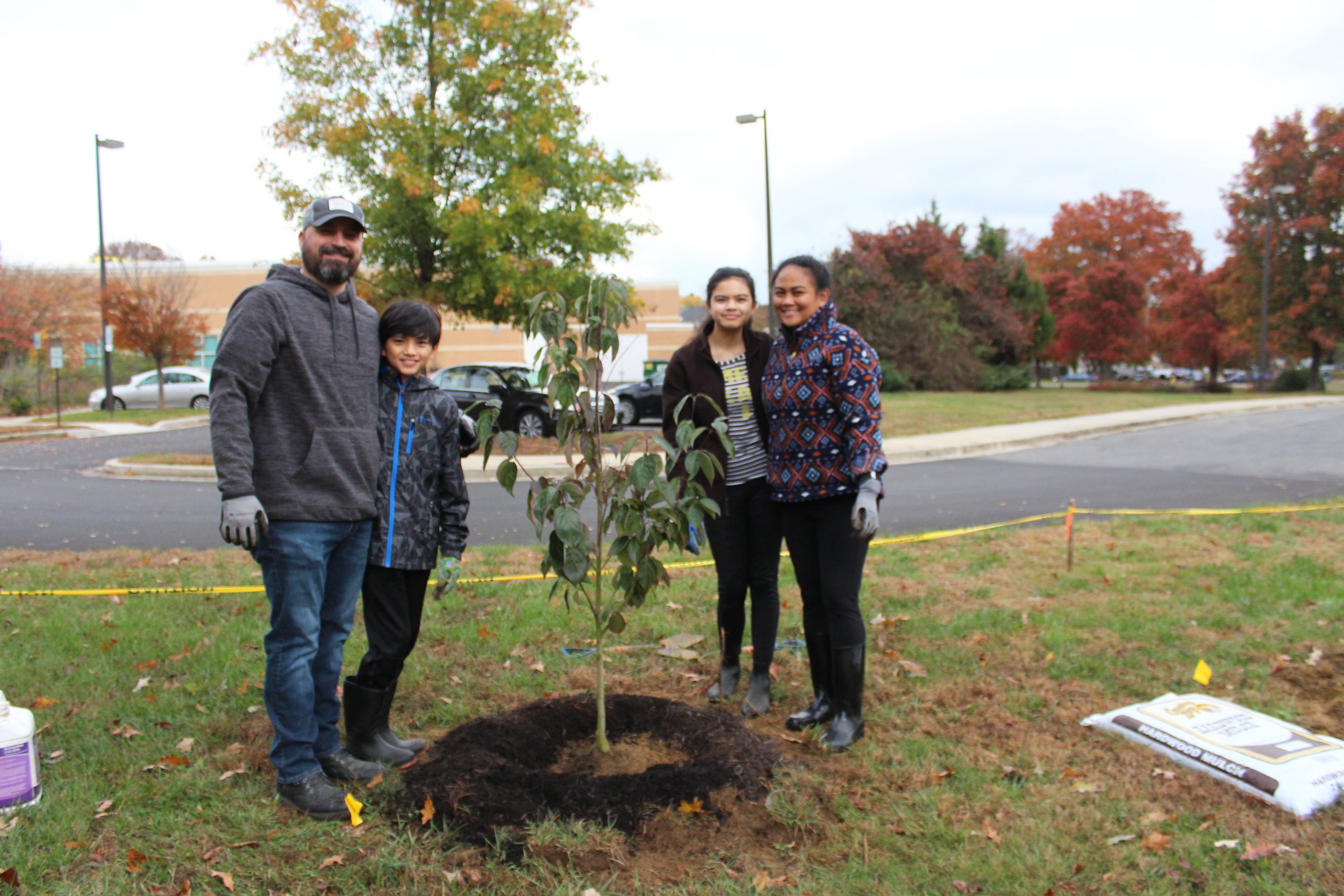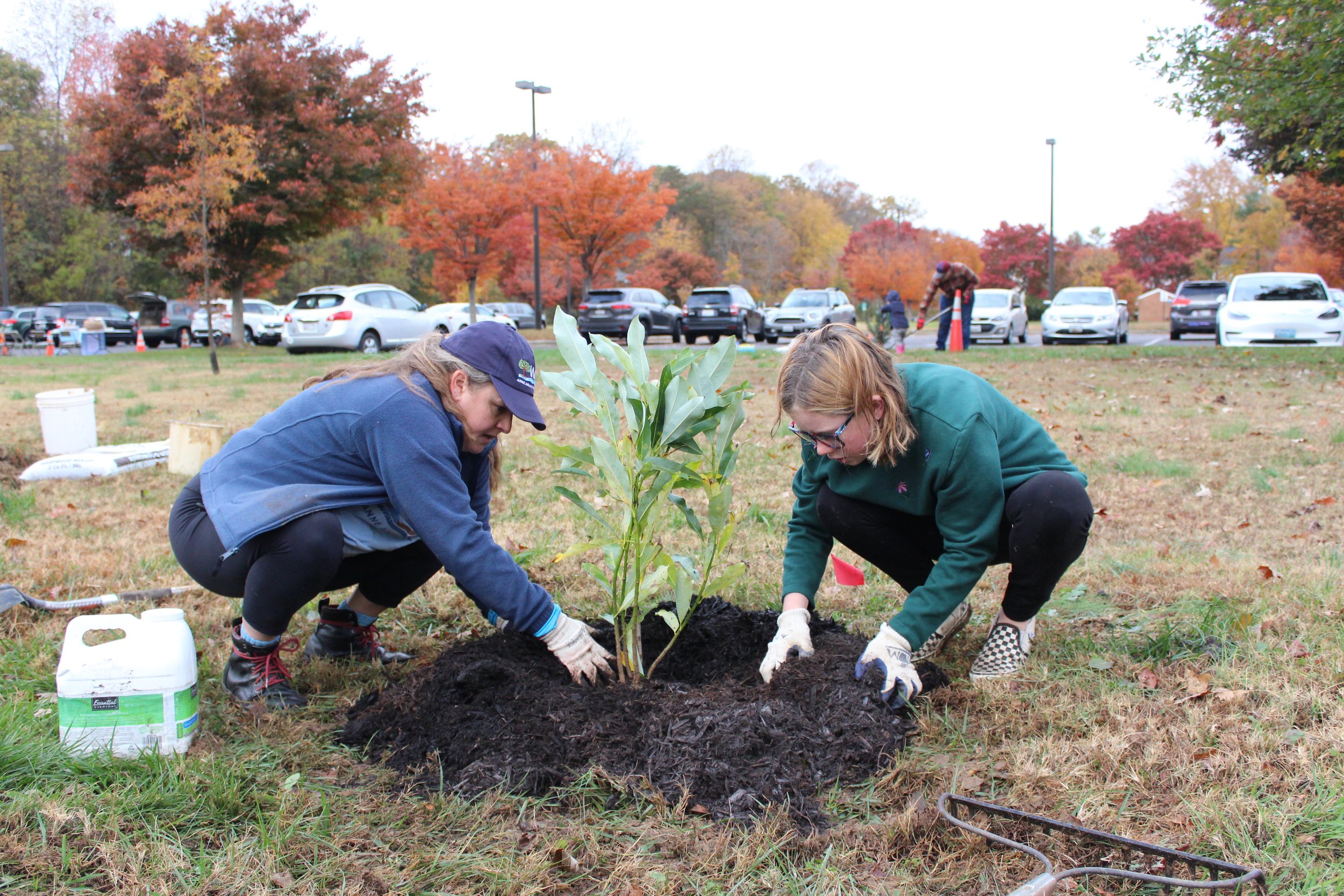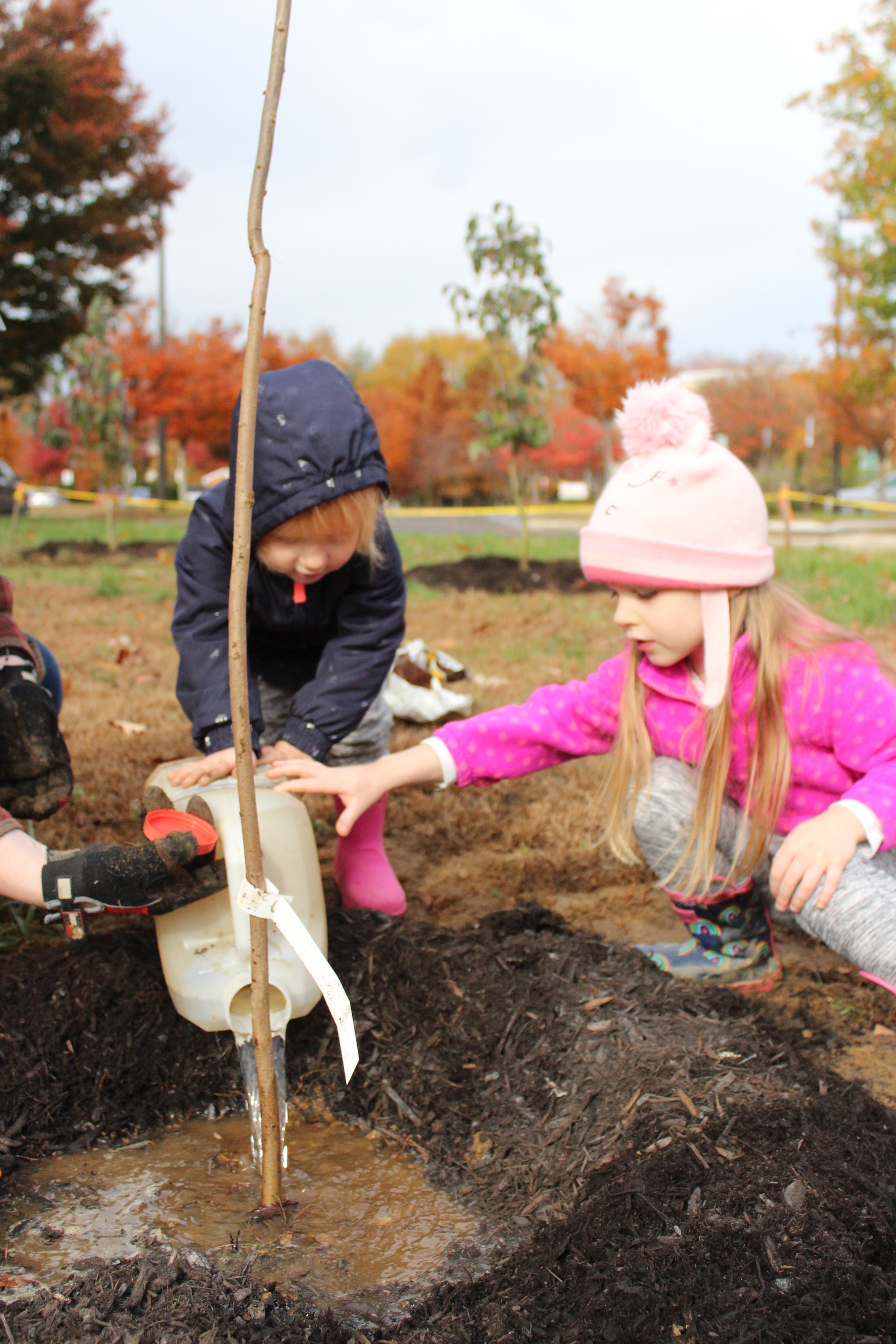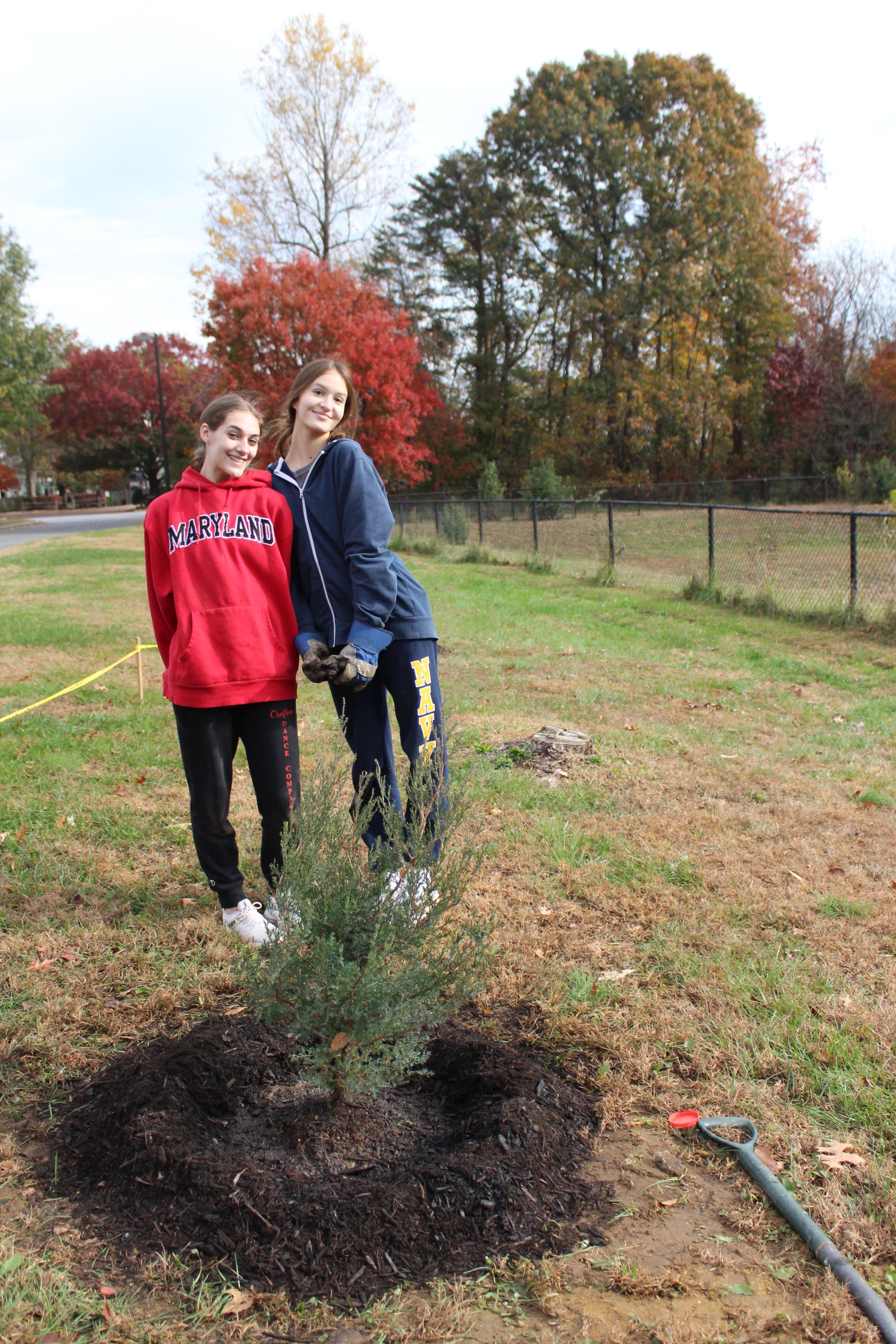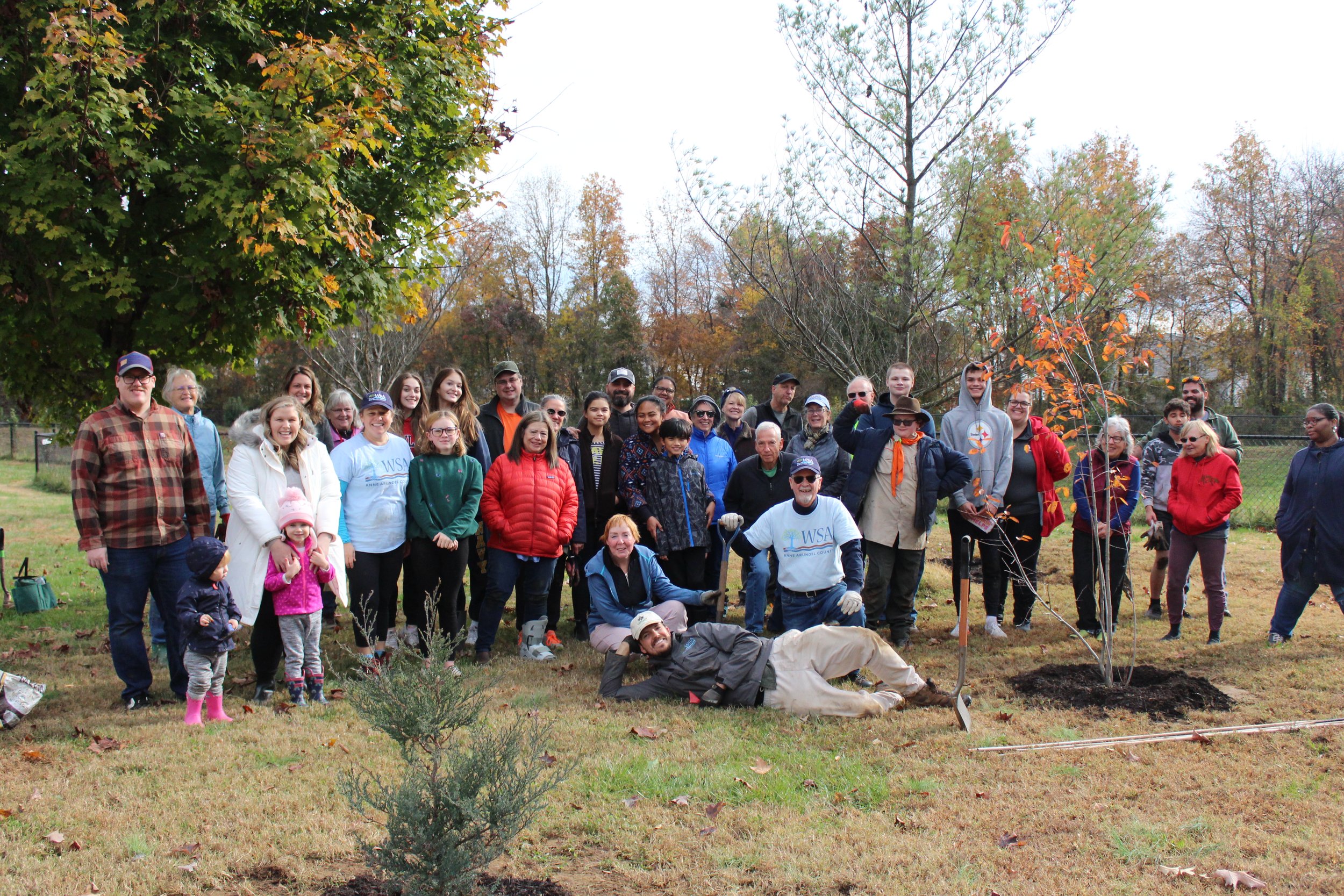December’s Native Maryland Plant
All of them!
Hello Master Gardeners, Master Naturalists and Master Watershed Stewards!
The pandemic has kept us apart, but I hope you’ve enjoyed spending time in your garden, getting online with friends, and reading some good books. I’ve learned a lot this year as a Tree Trooper for Anne Arundel County, watching some fantastic webinars, and reading Doug Tallamy’s latest book, ‘The Nature of Oaks’.
For those of you who have been reading Latin for Gardeners it’s now time to test your knowledge of the scientific names of the eight native plants we’ve discussed this year. It’s always best to use the Latin names of plants when you recommend them to friends and the public – there’s only one Latin name for a plant so it avoids confusion and ensures people select the right plant when shopping at nurseries.
The first group of photos shows the plants in their bloom period. The second group shows them in their winter dress. Can you still recognize them? I’ve given you a few hints but don’t feel bad if you can’t place them all – Latin is not an easy language. Good luck, or as they say in Latin, “Fortuna!”
Match the letter of each plant to the number of its photo in winter dress.
~ Alison Milligan – Mstr. Gardener/Mstr. Naturalist/Mstr. Watershed Steward
Chesapeake Bay Landscape Professional (CBLP)












